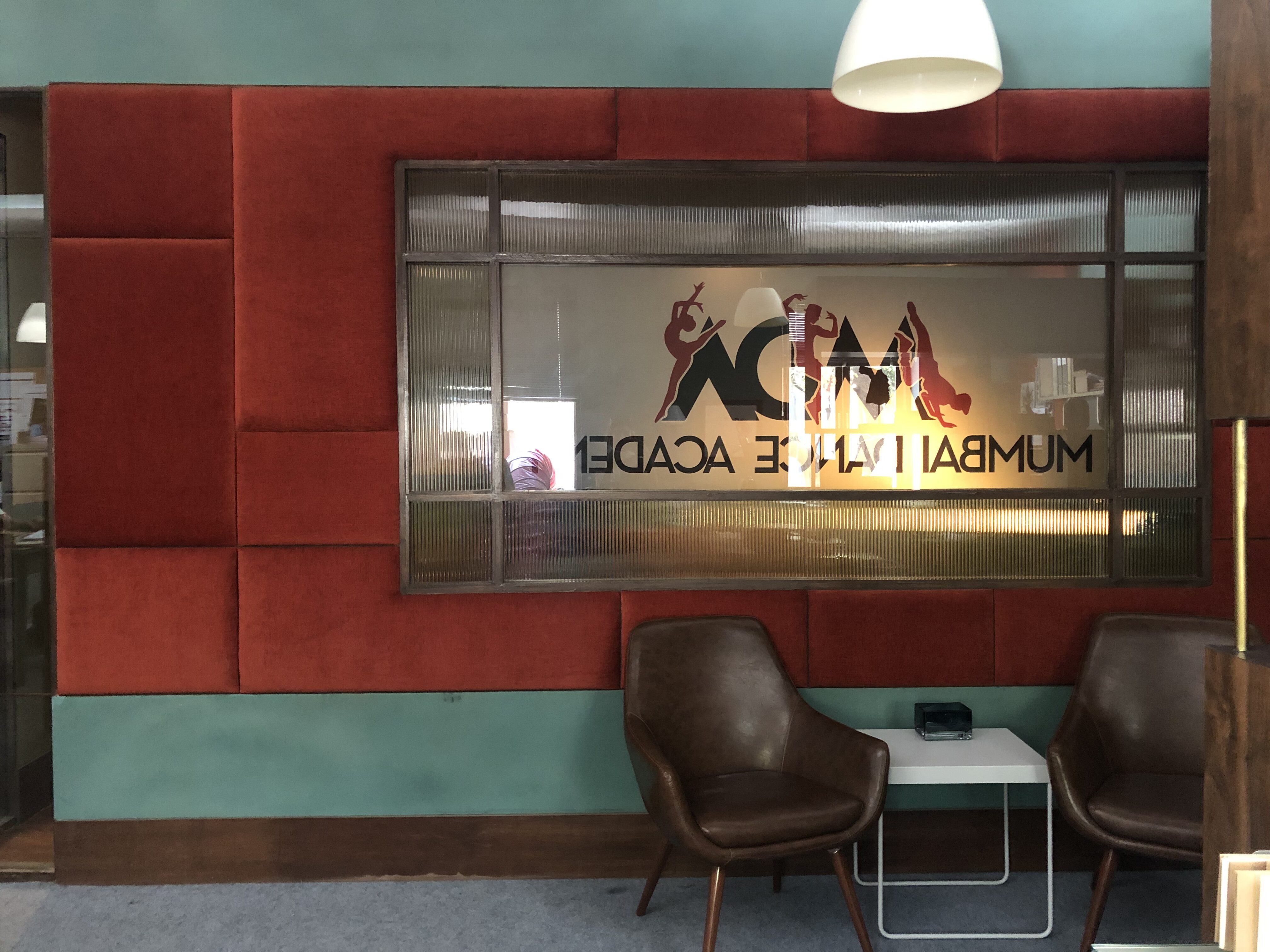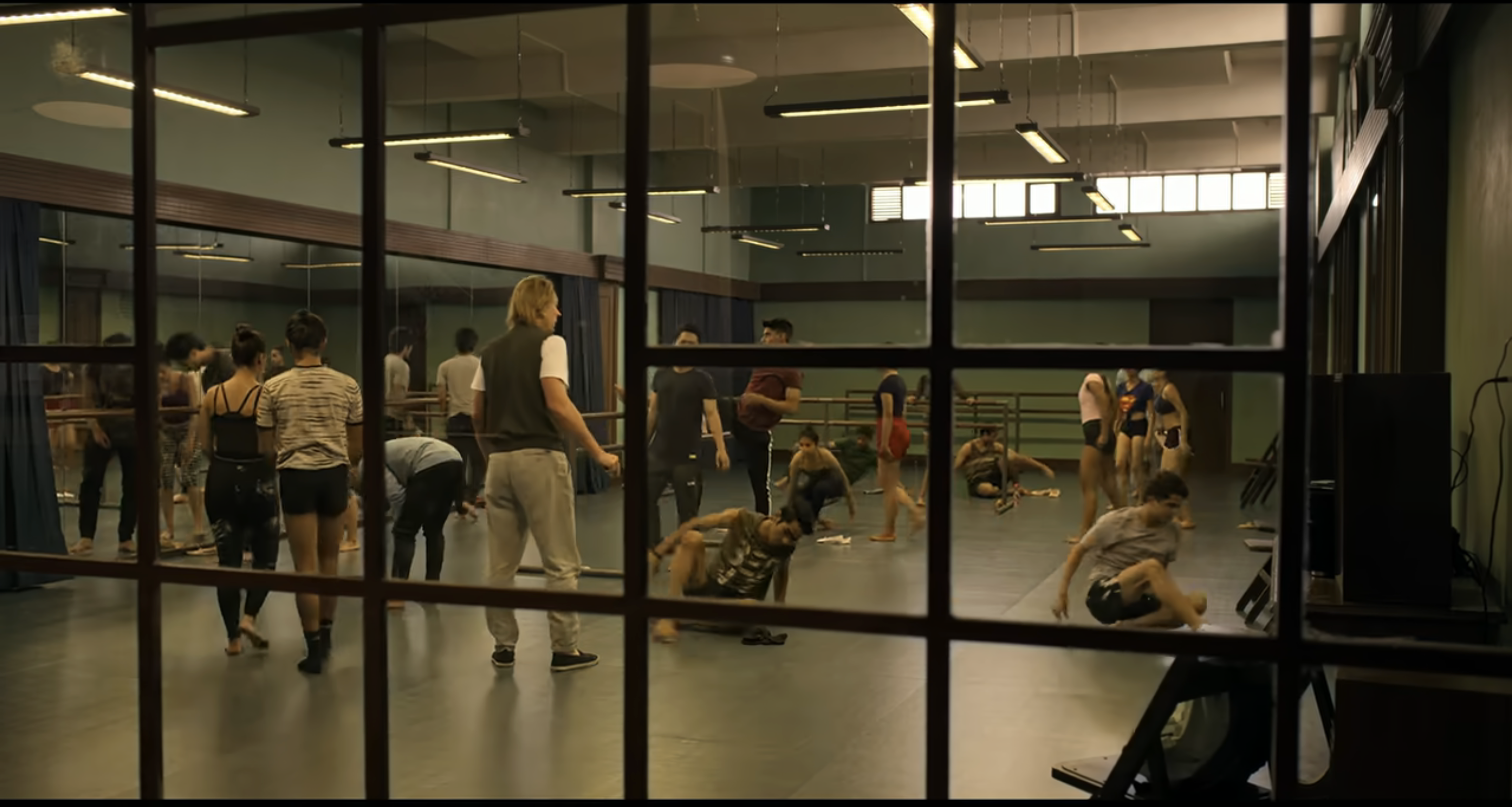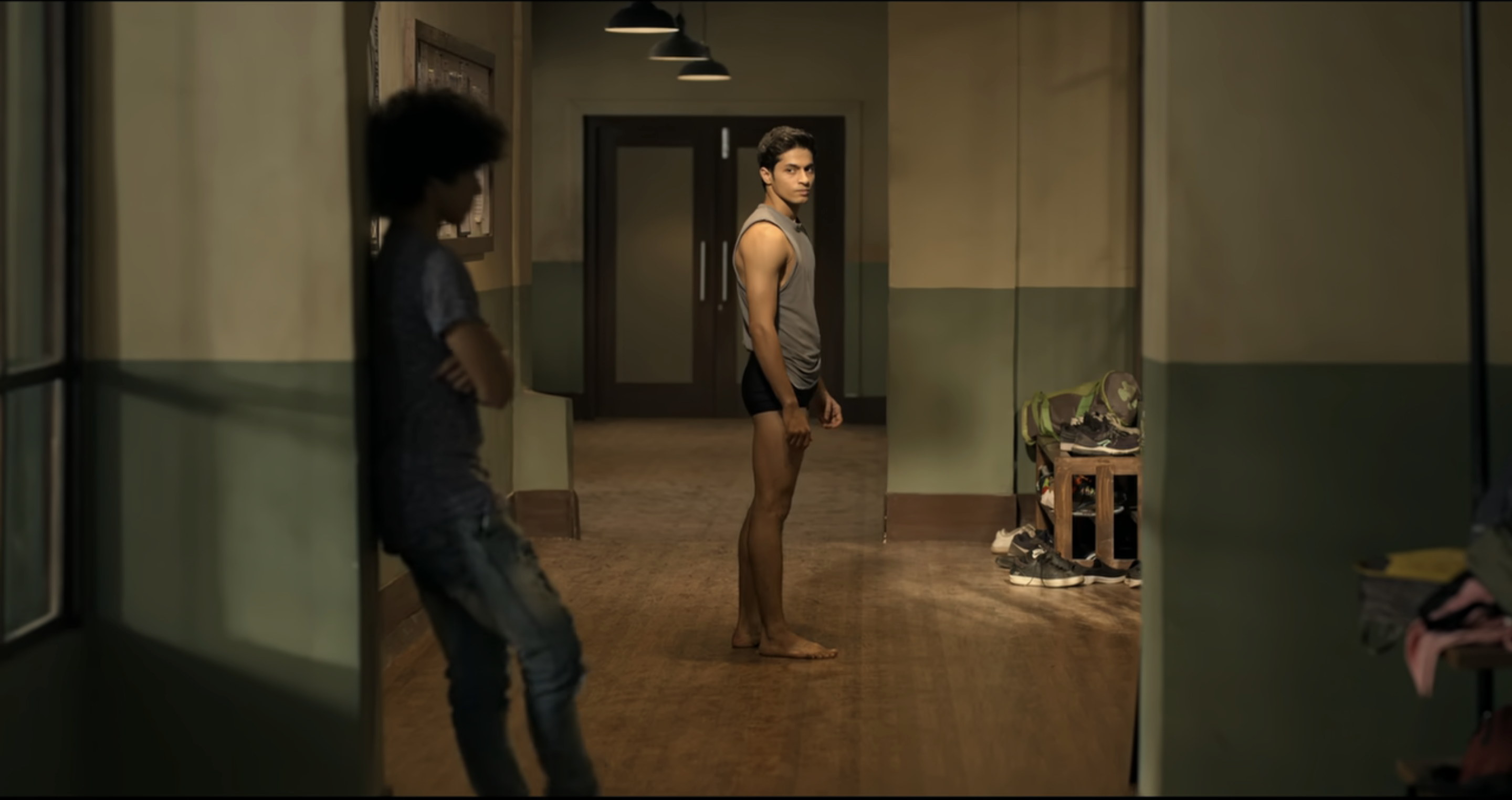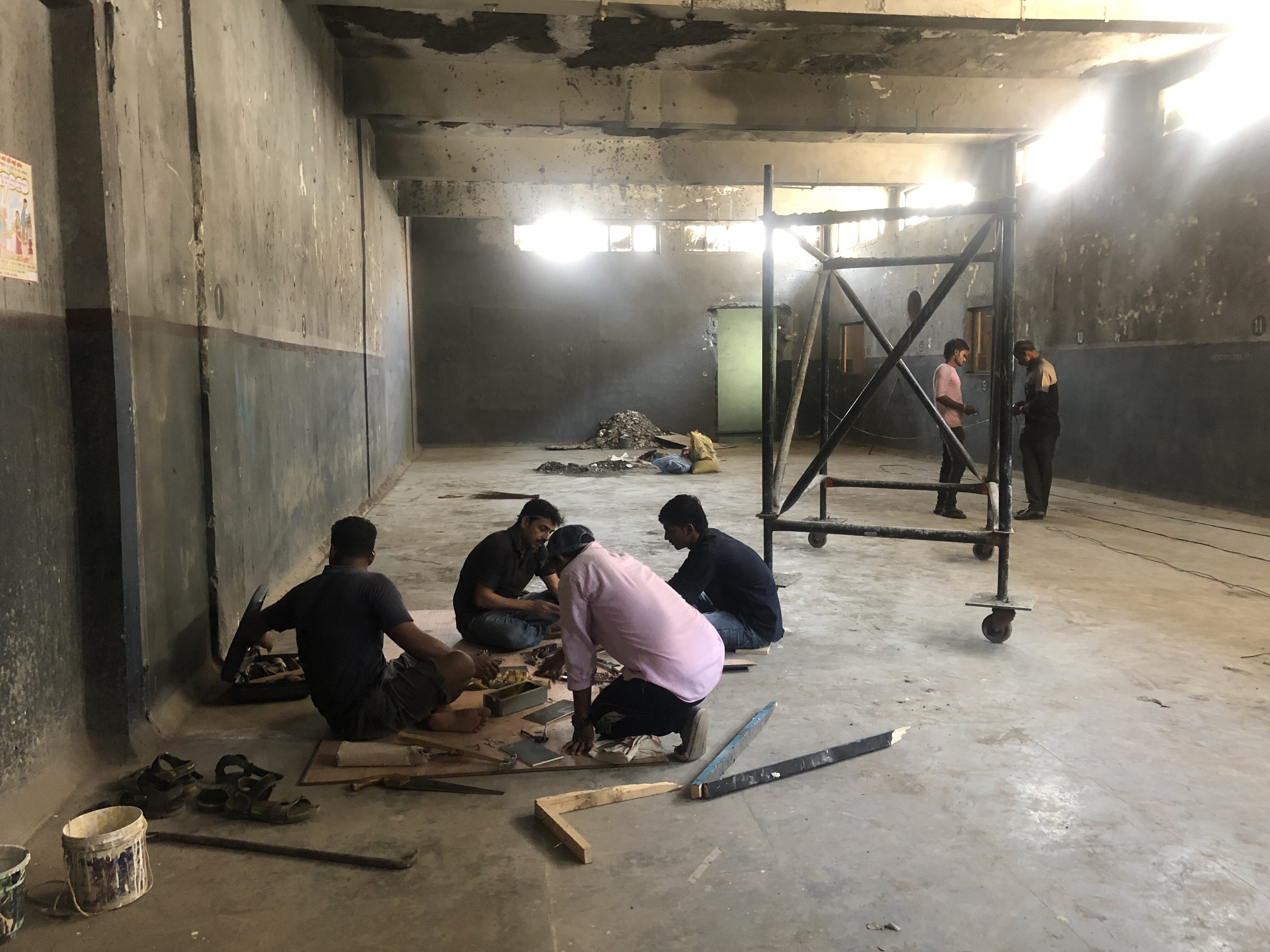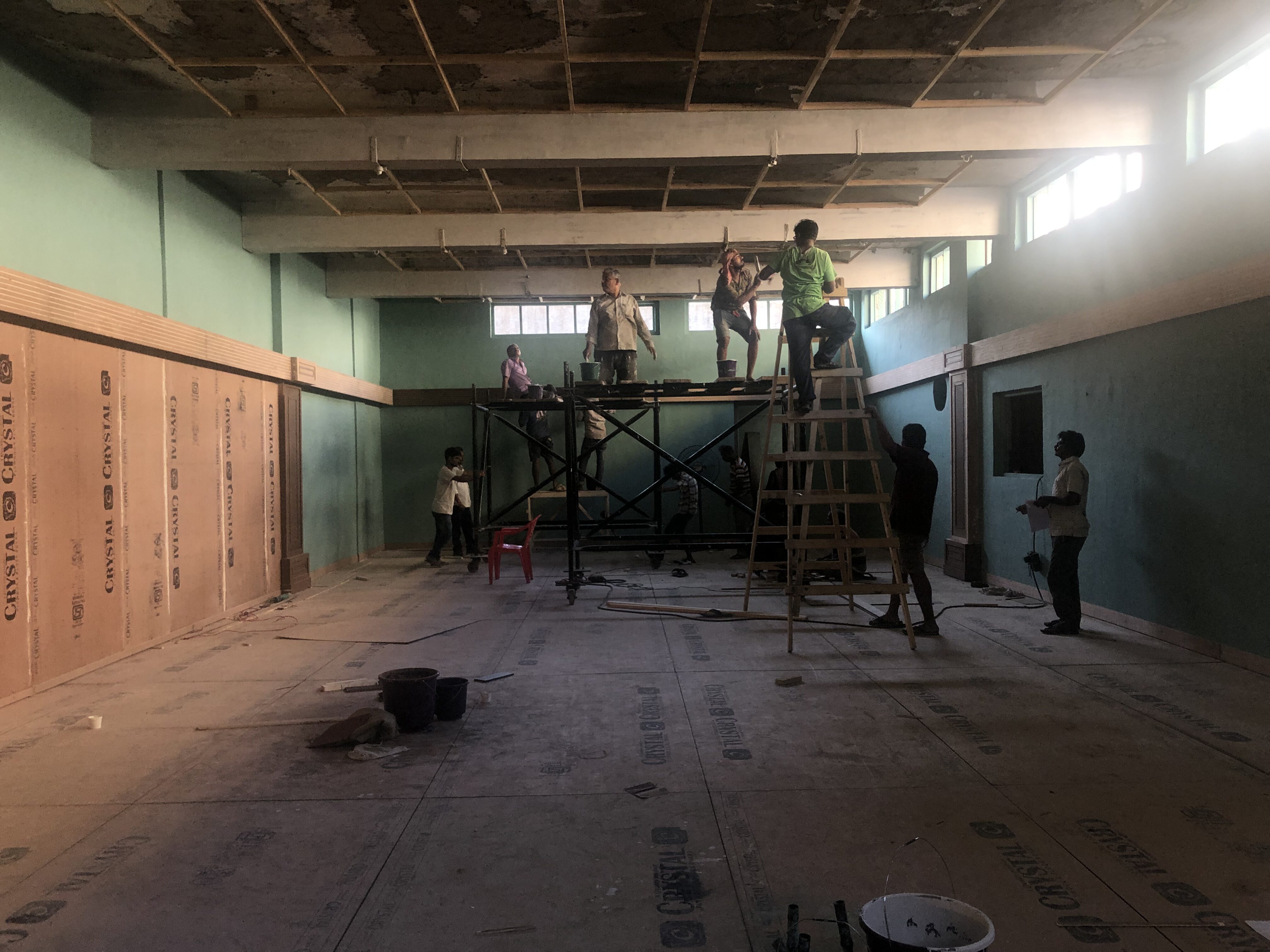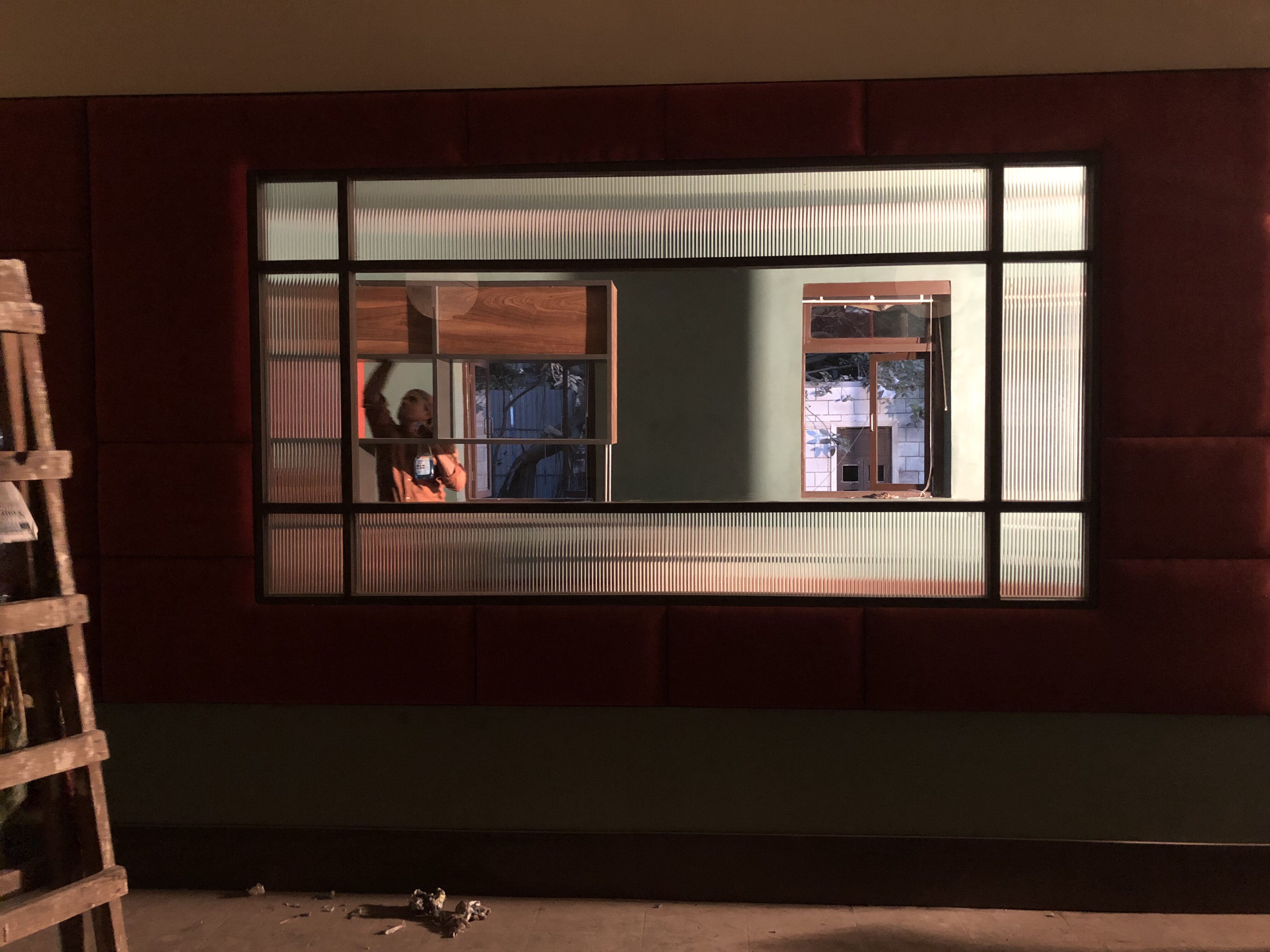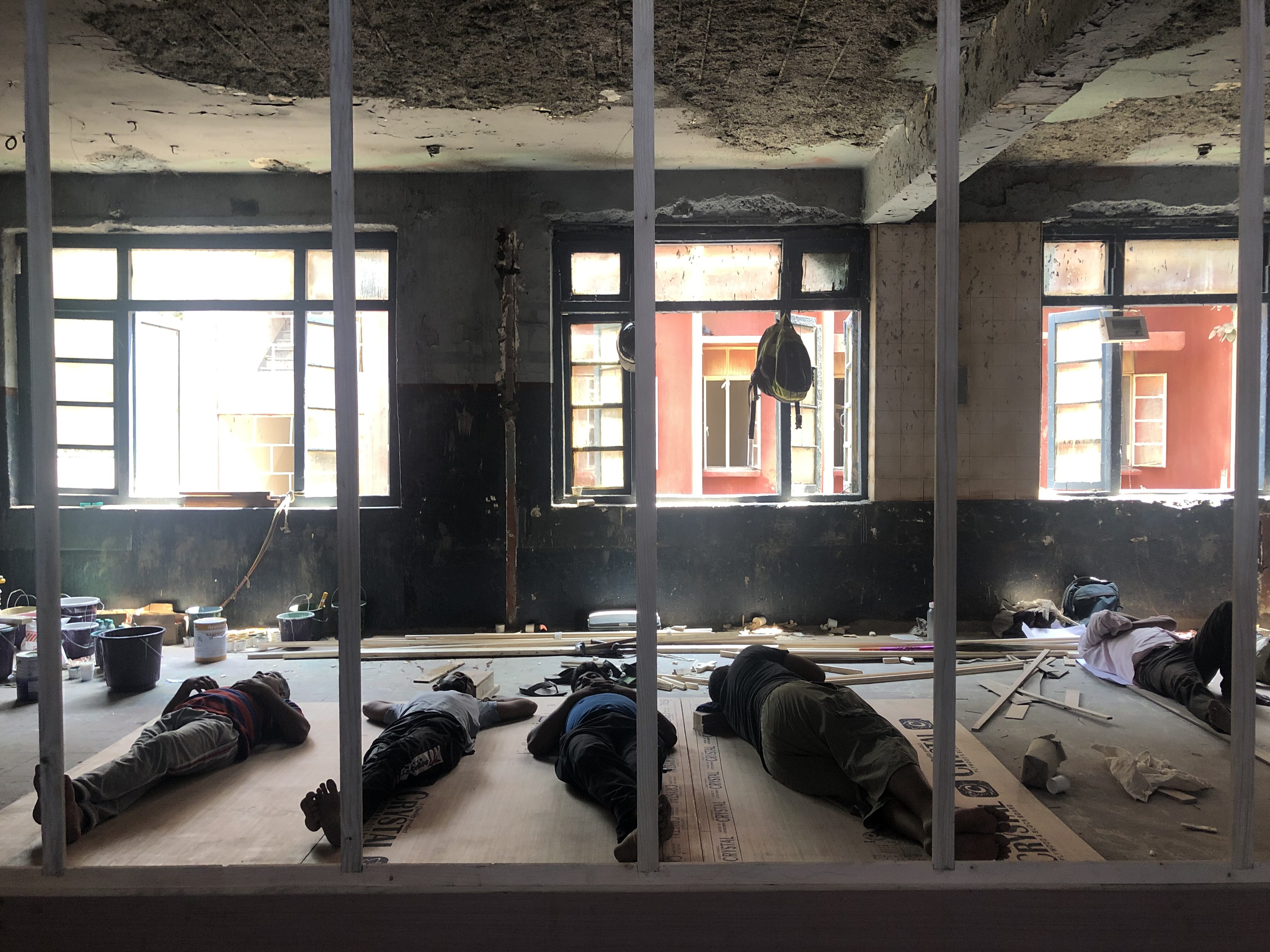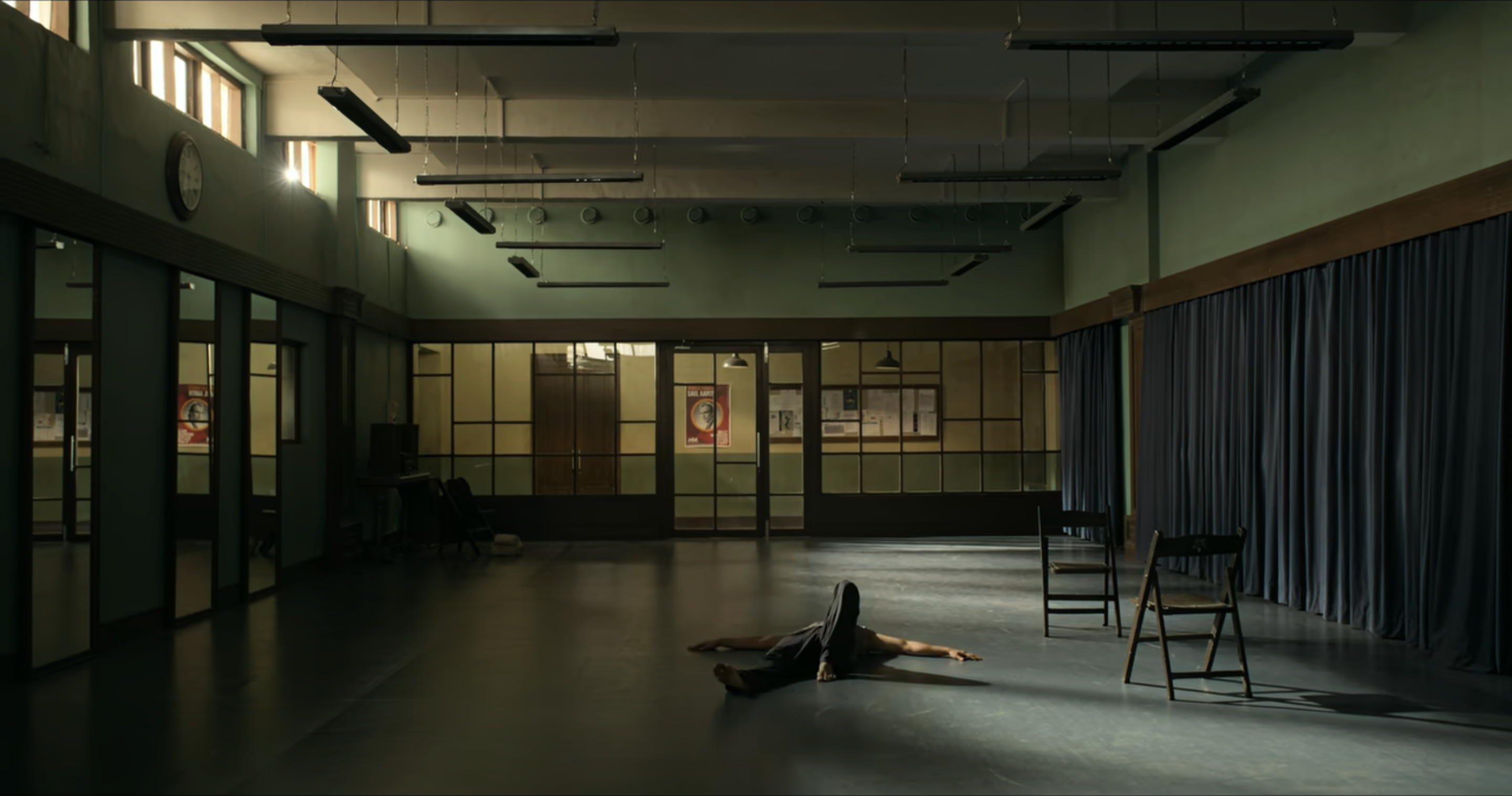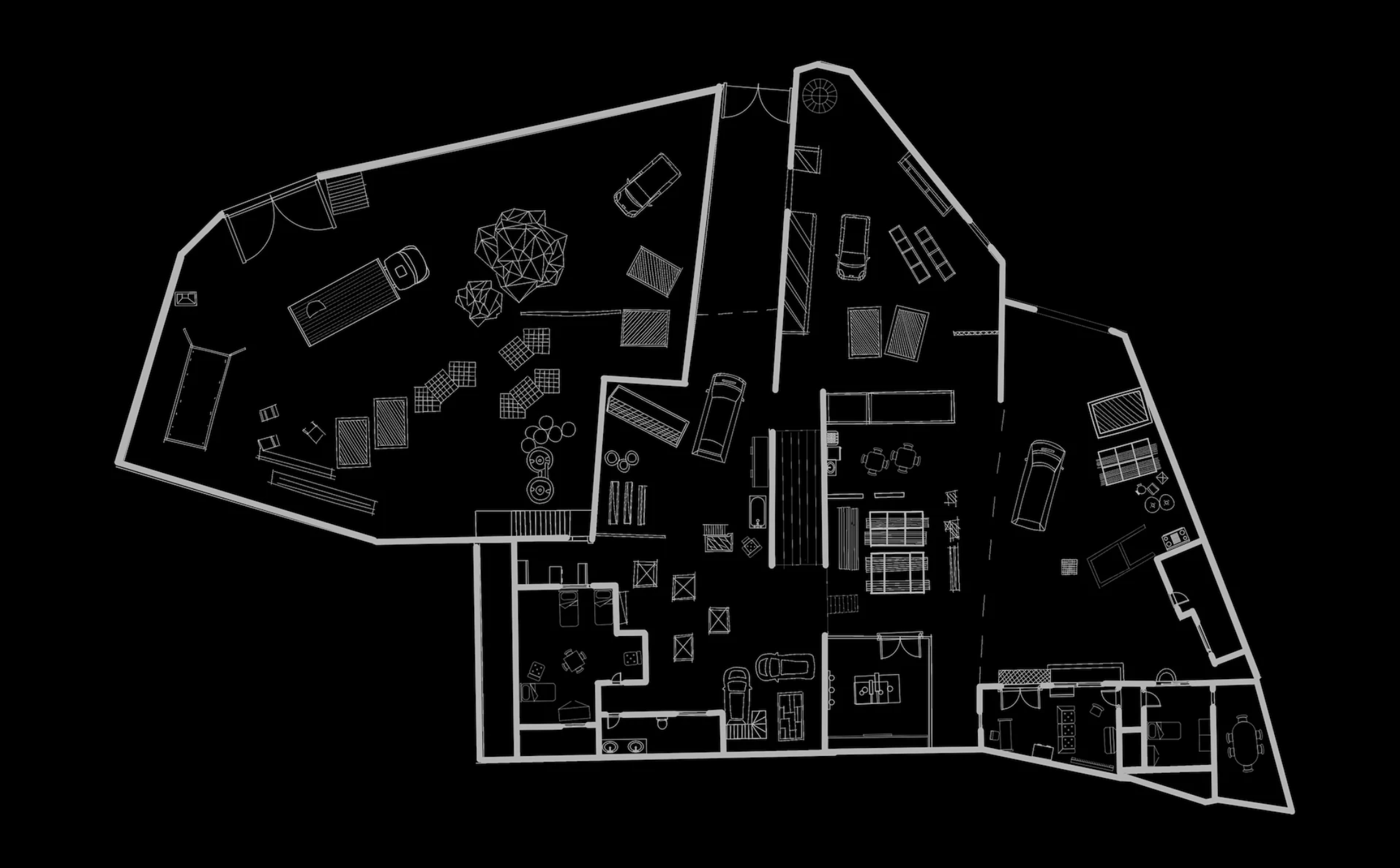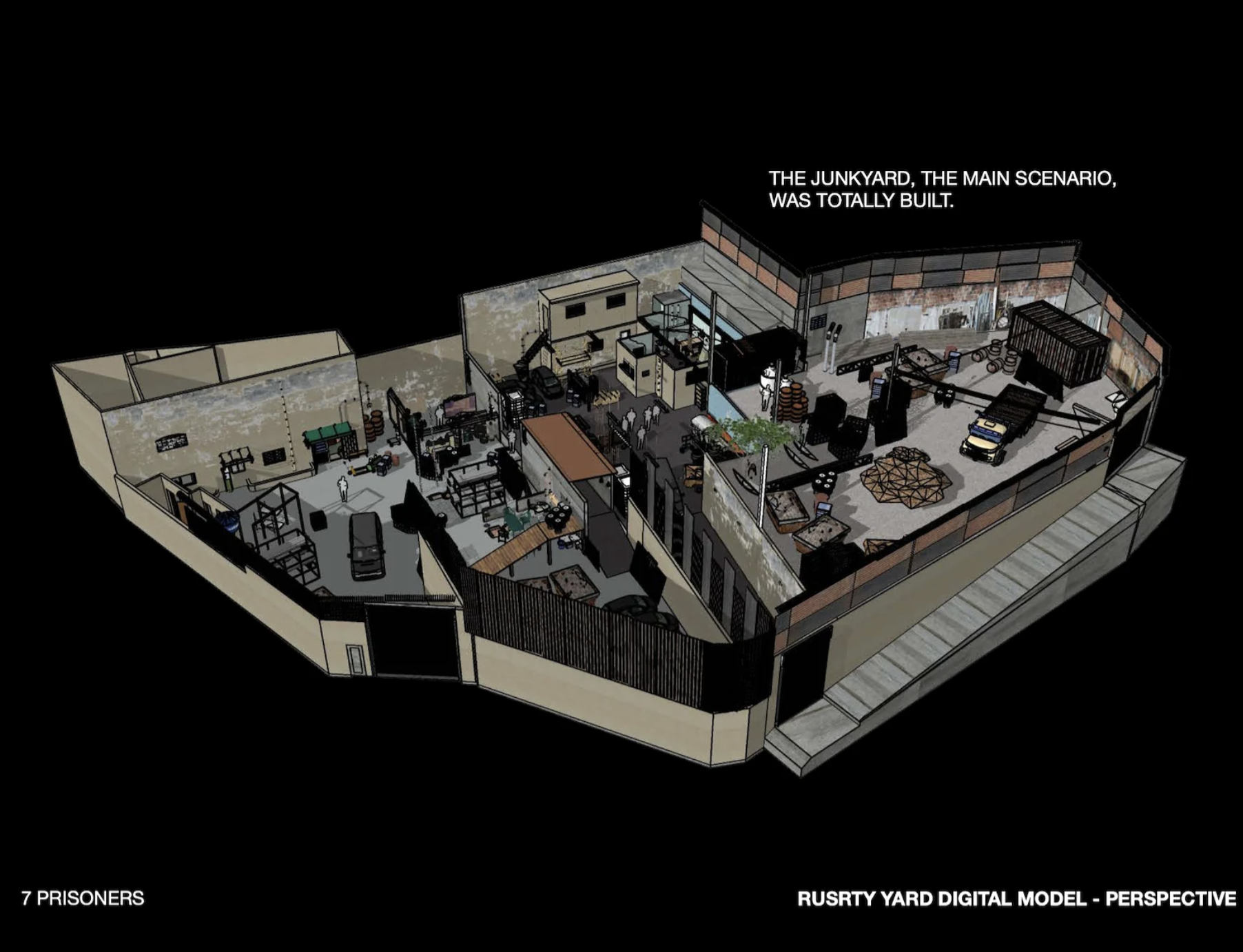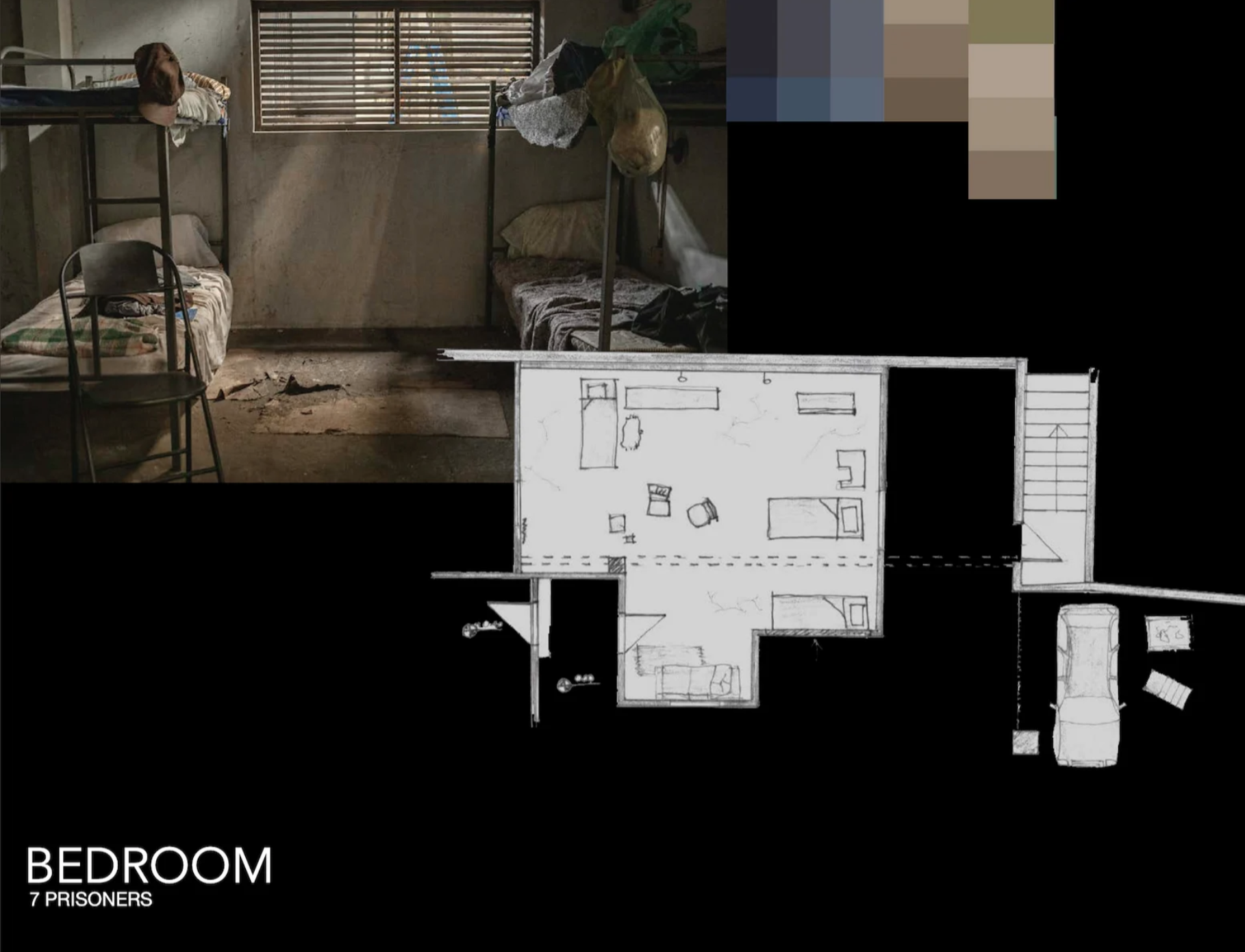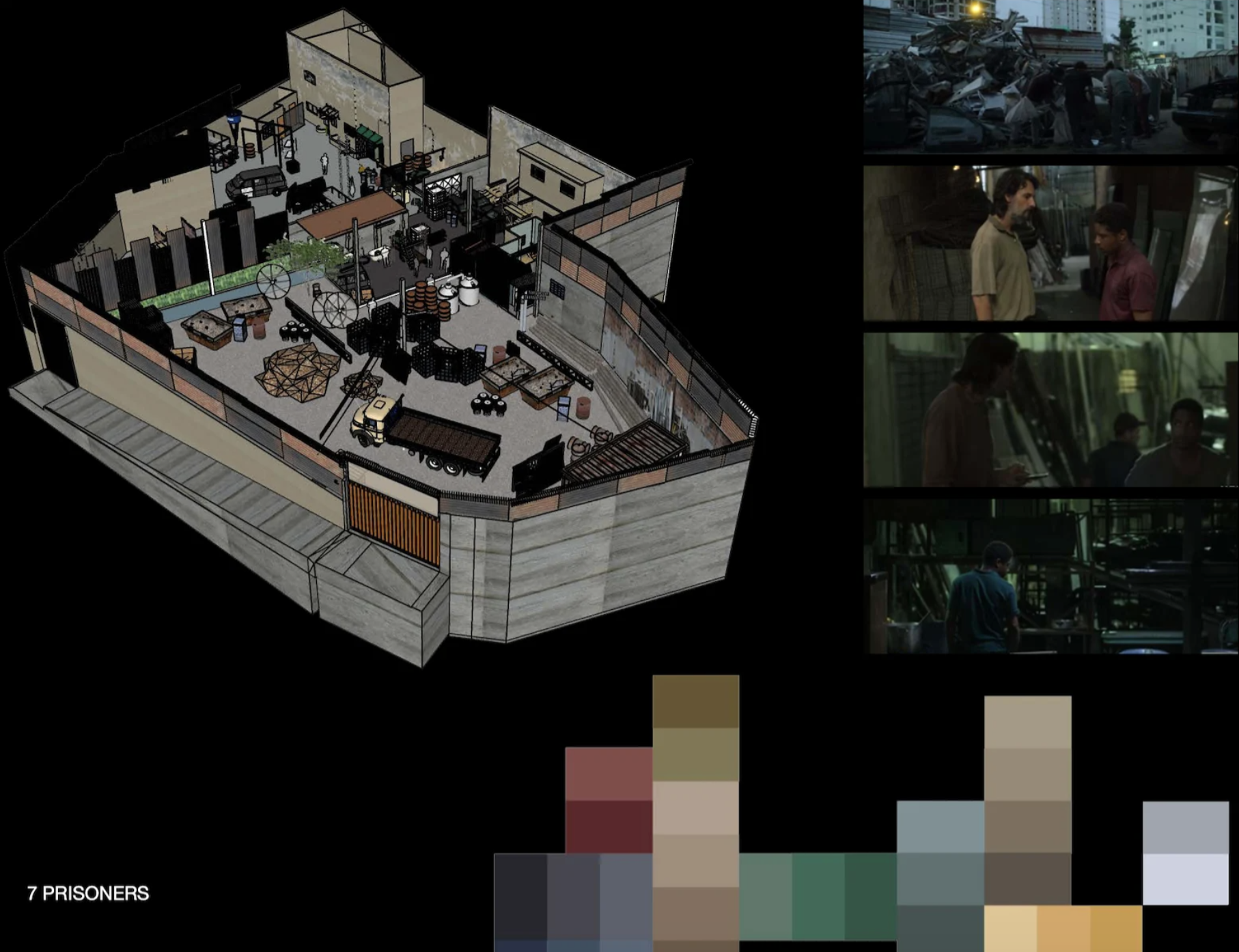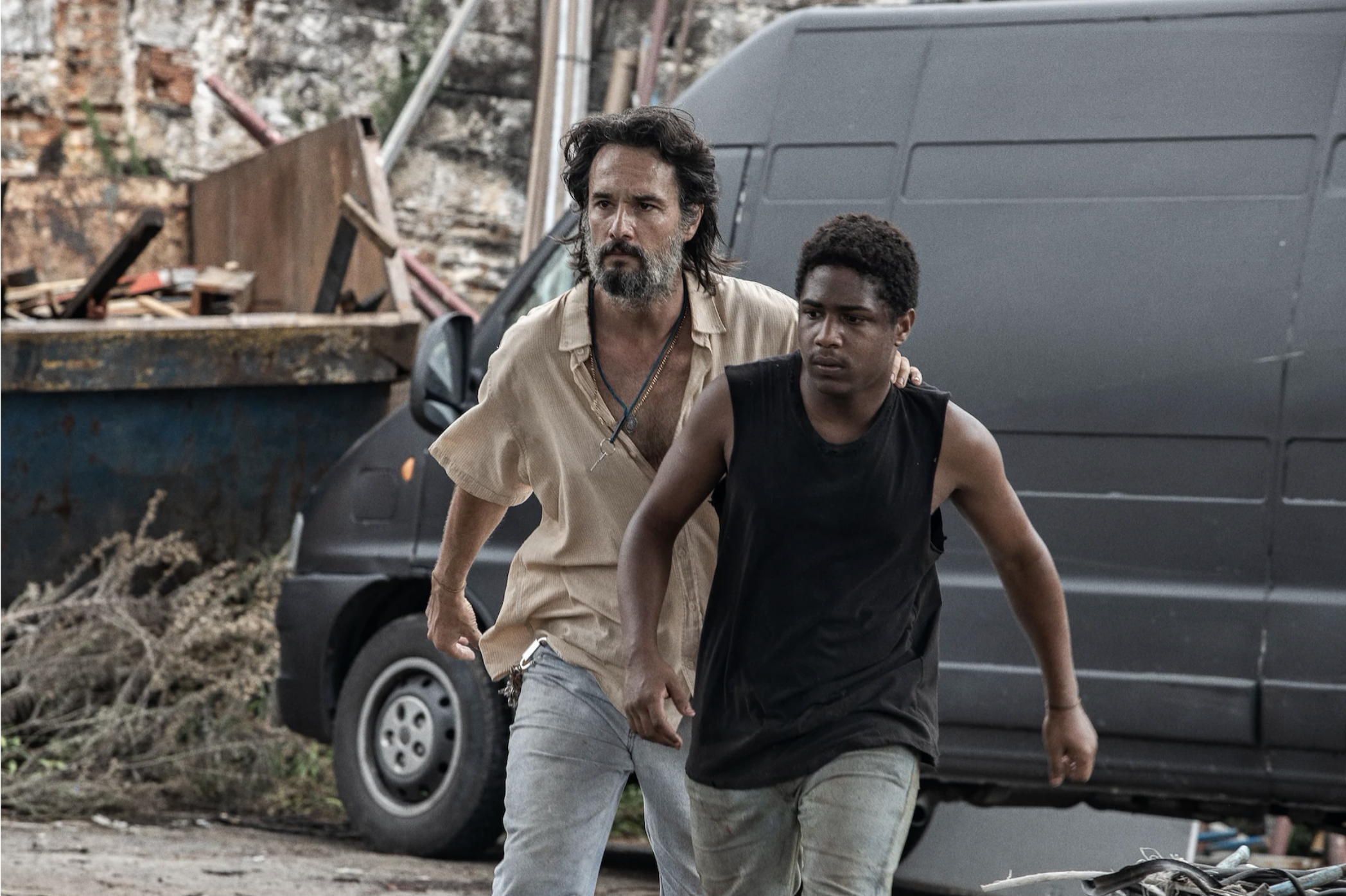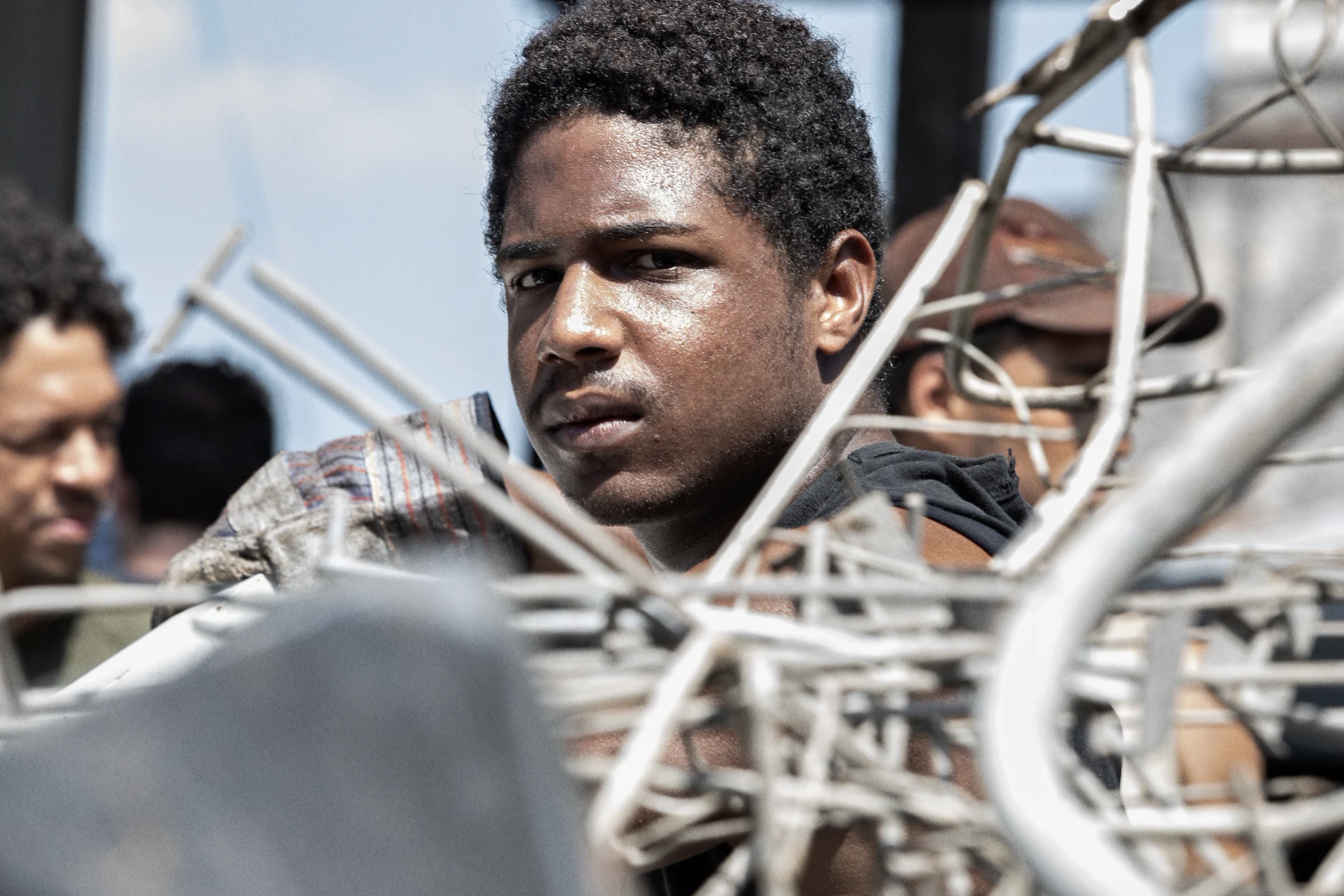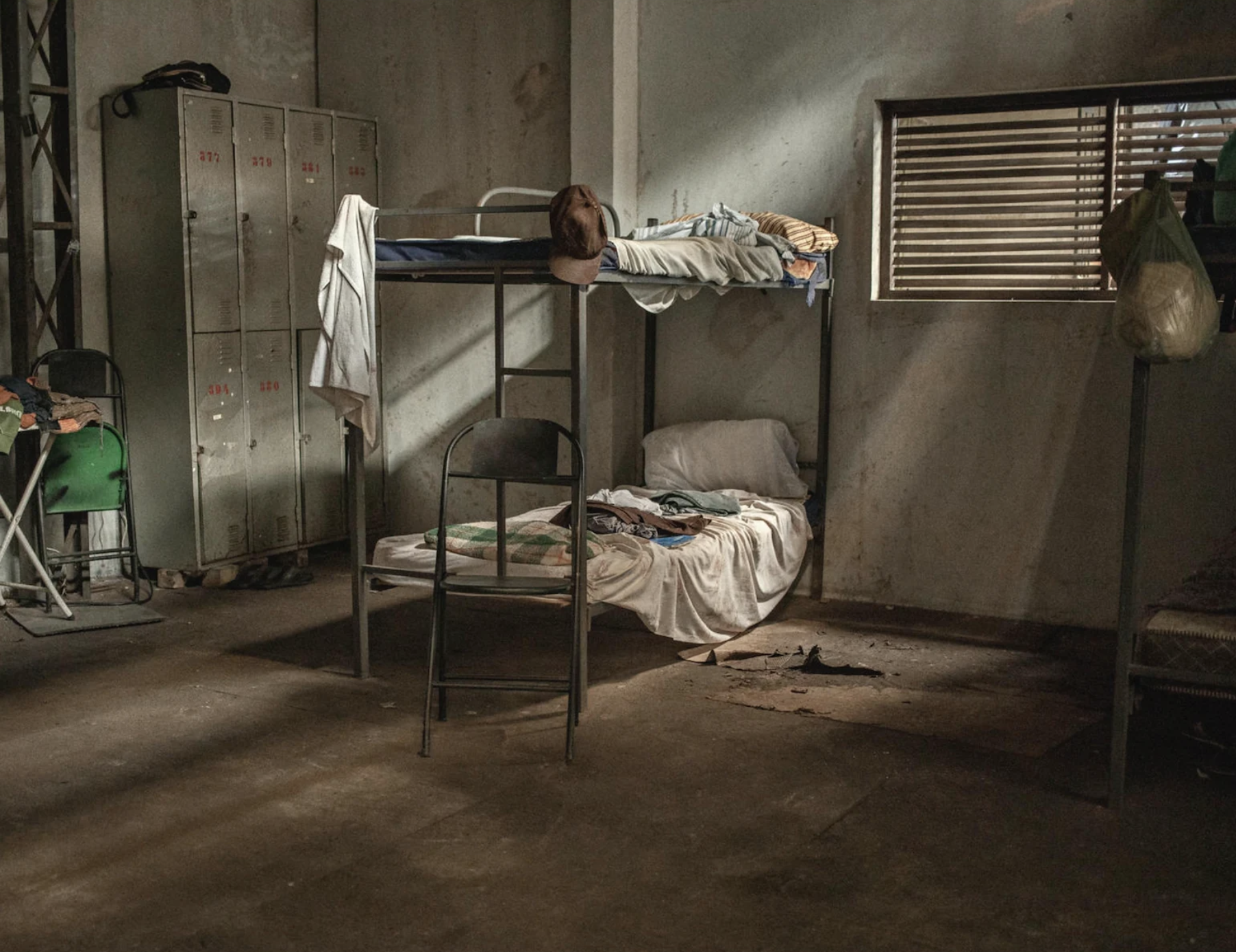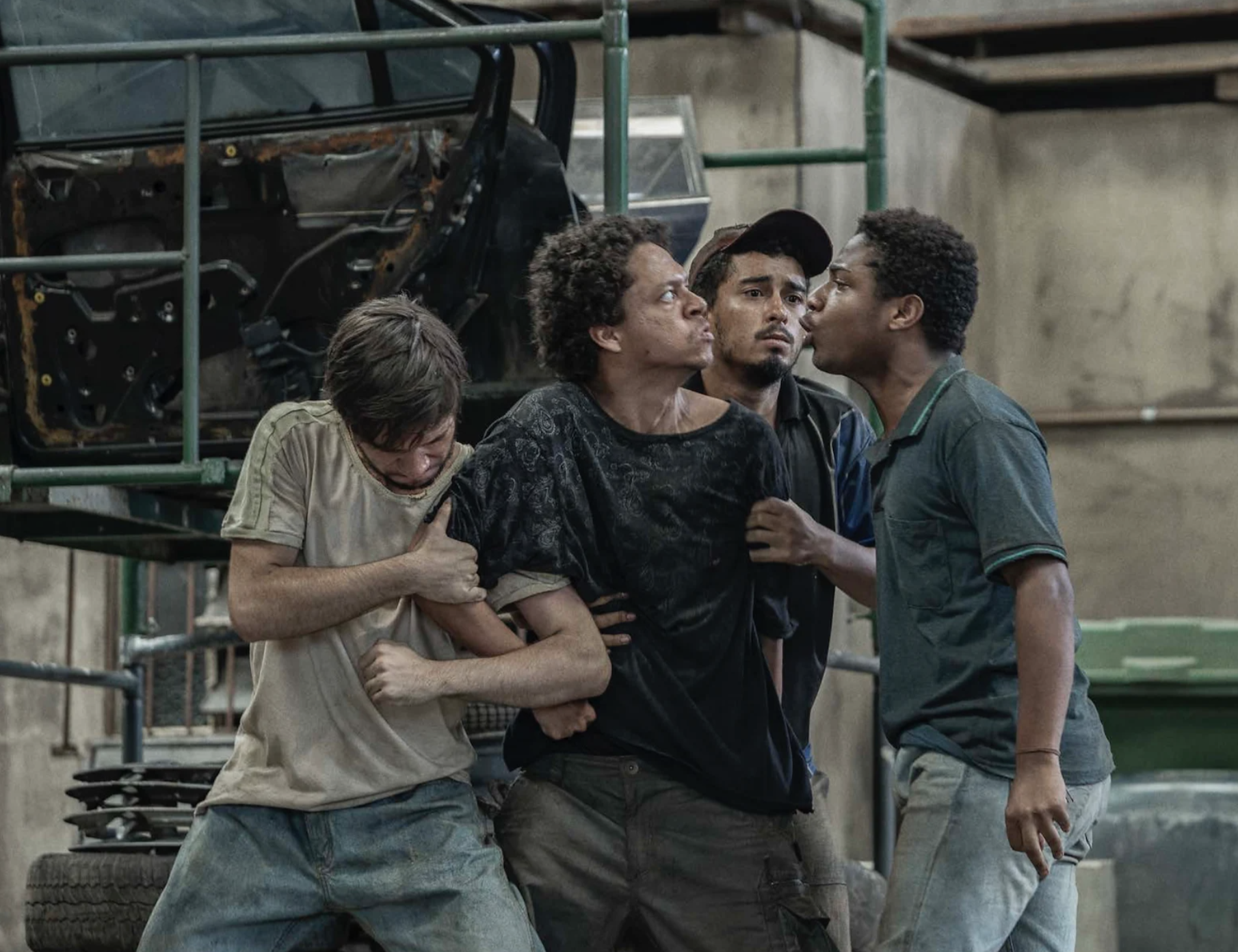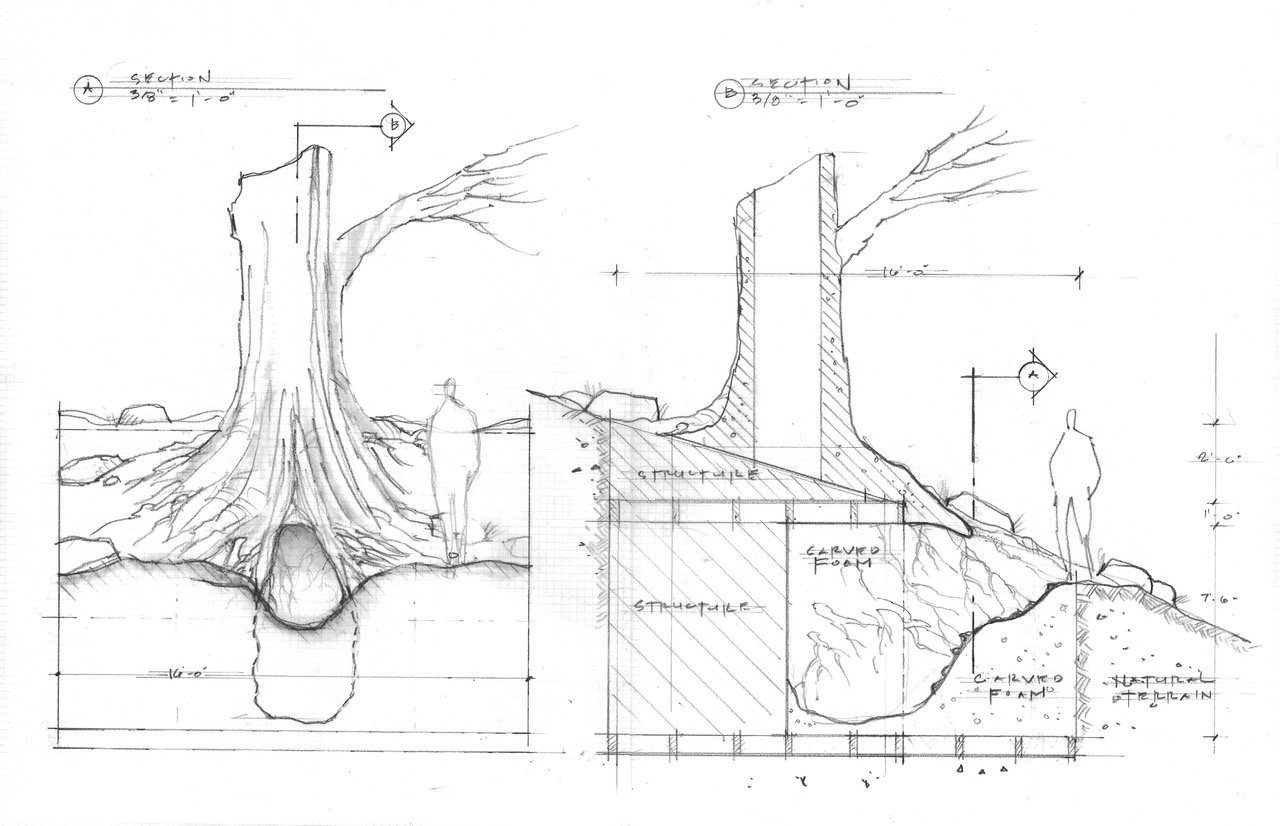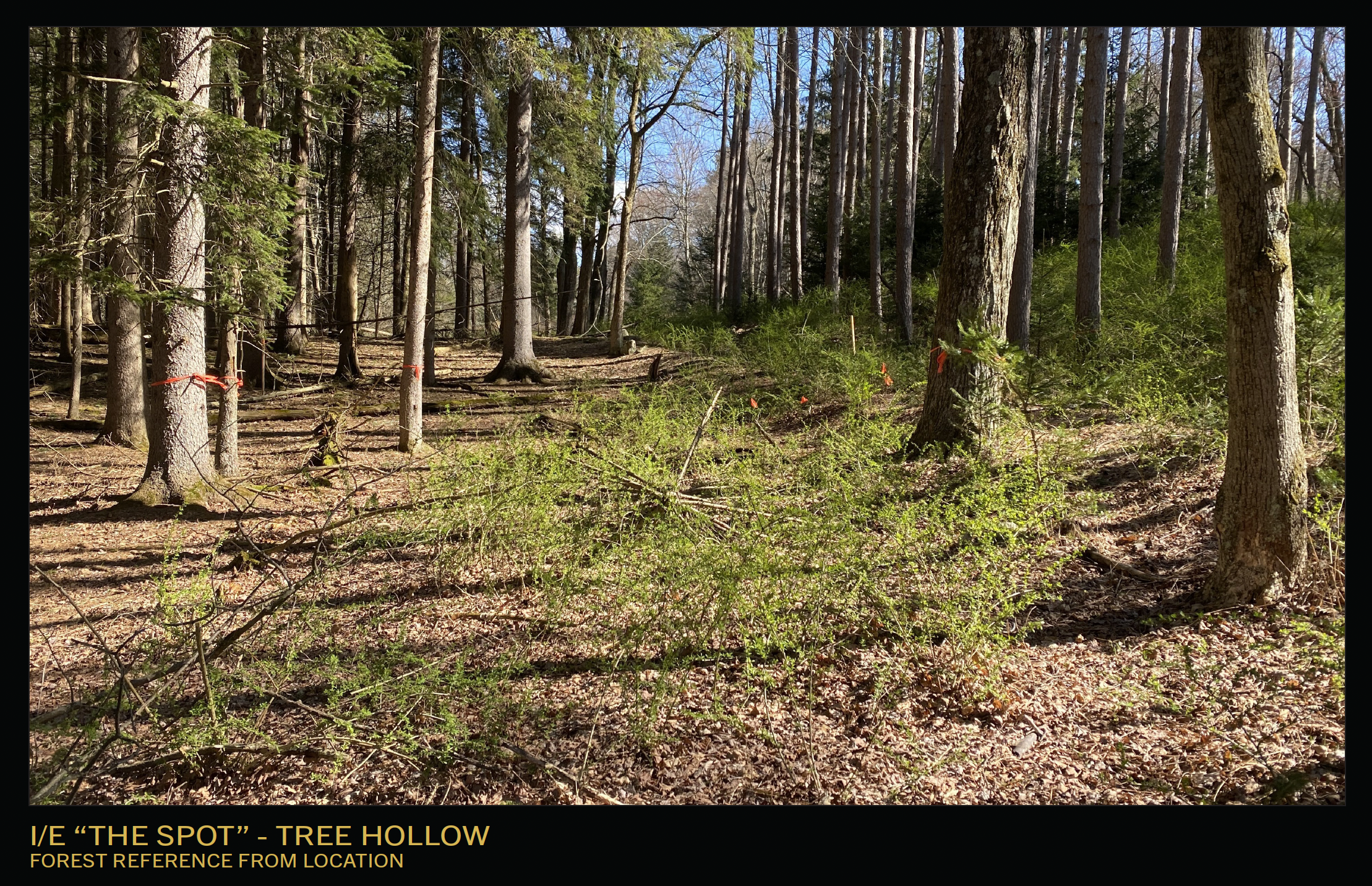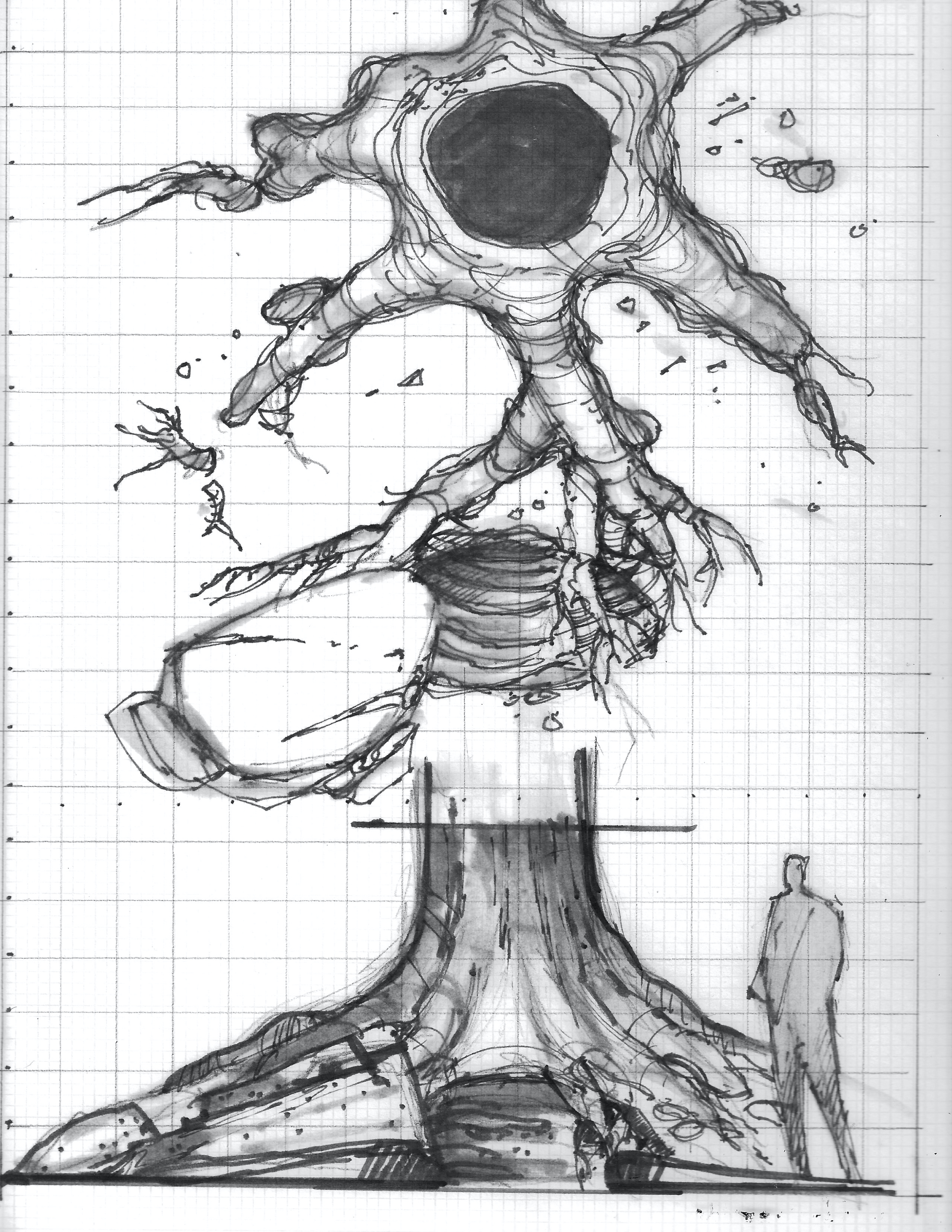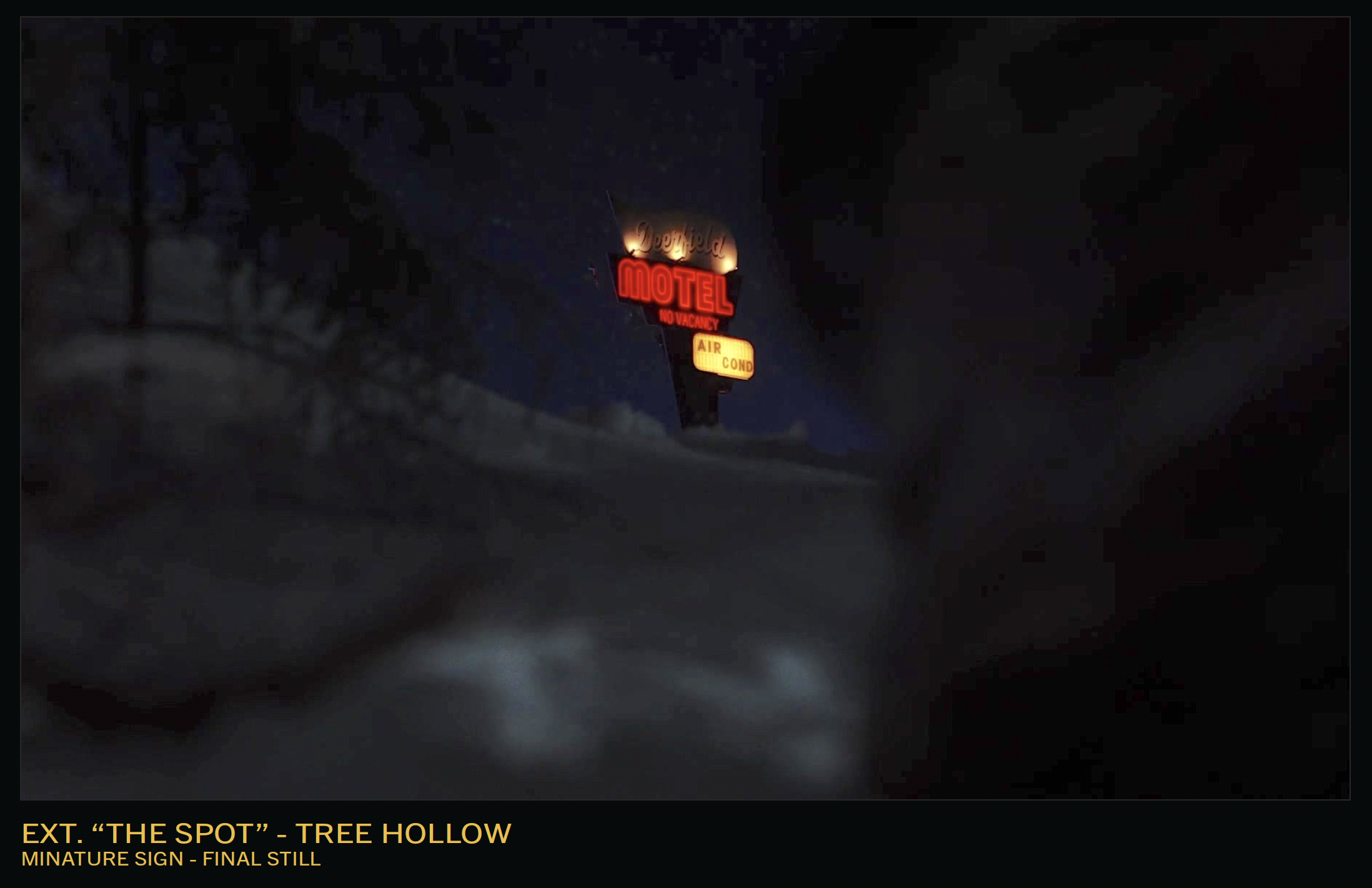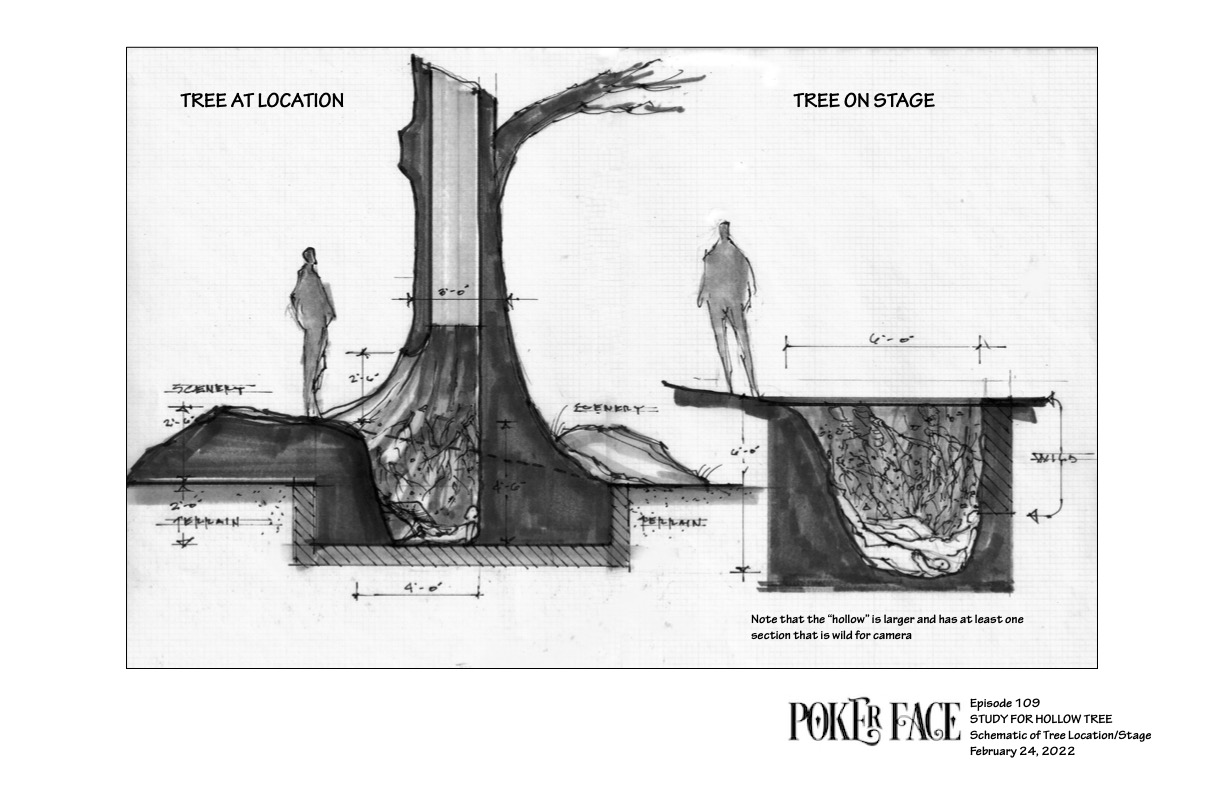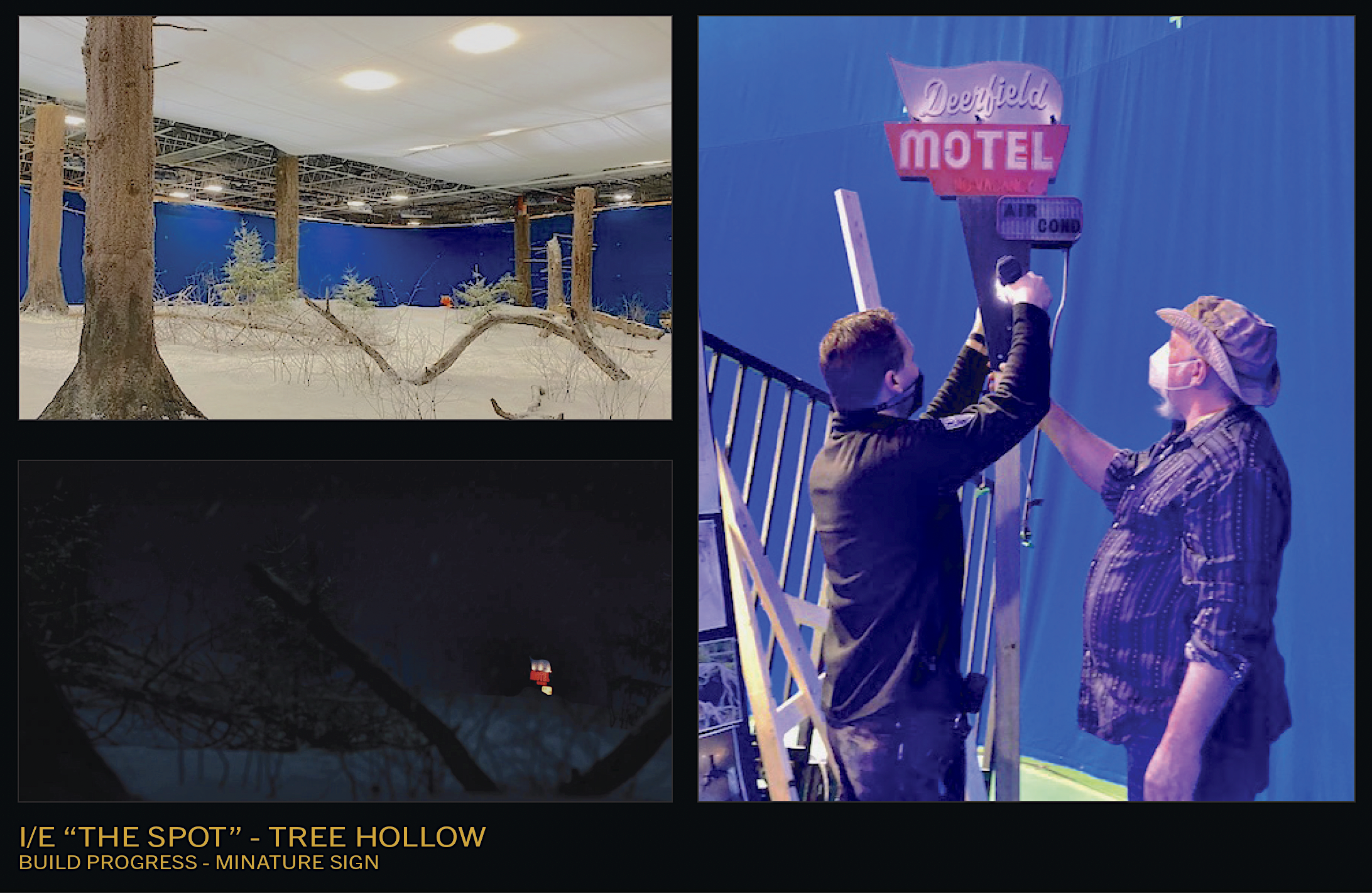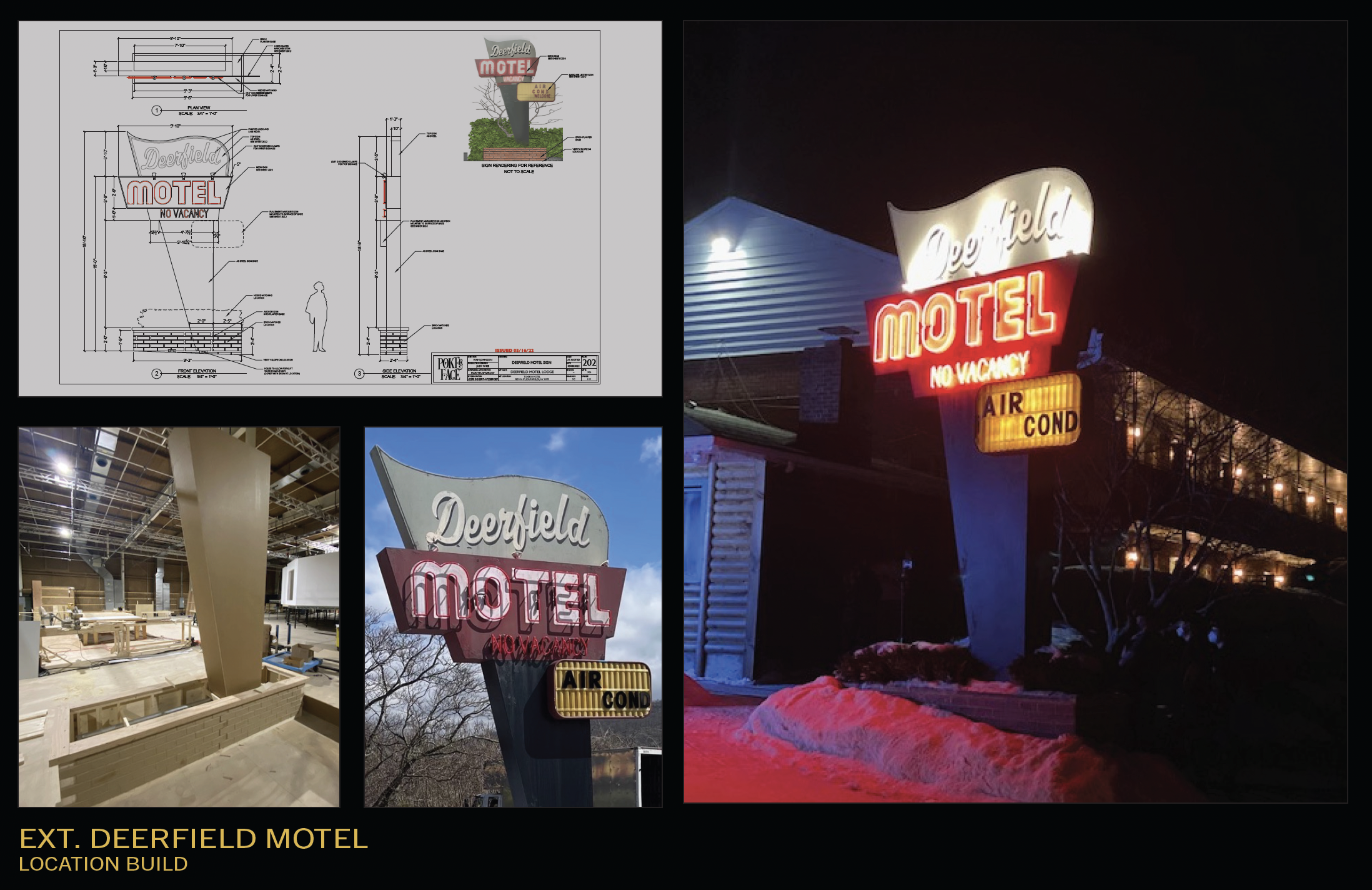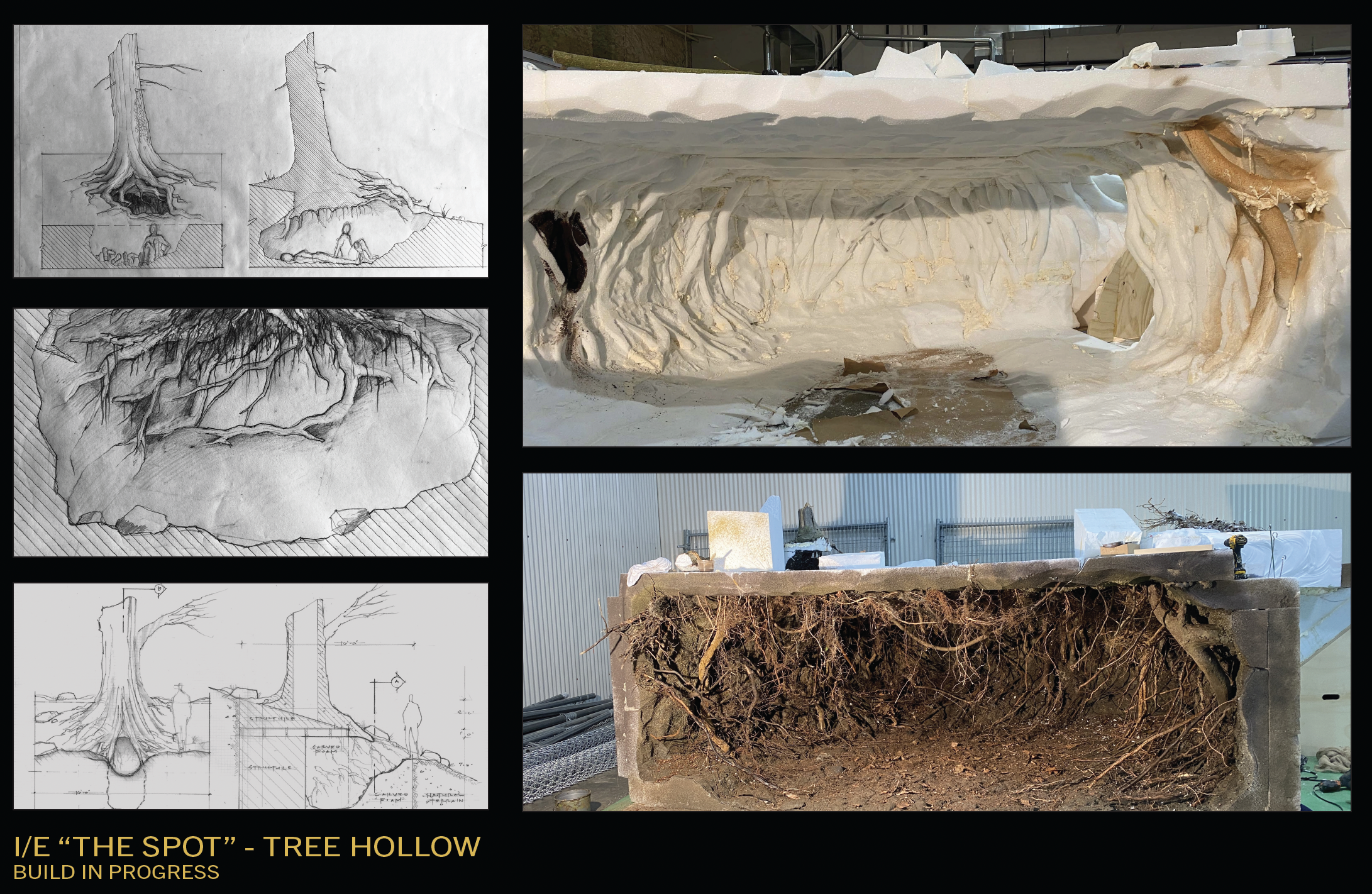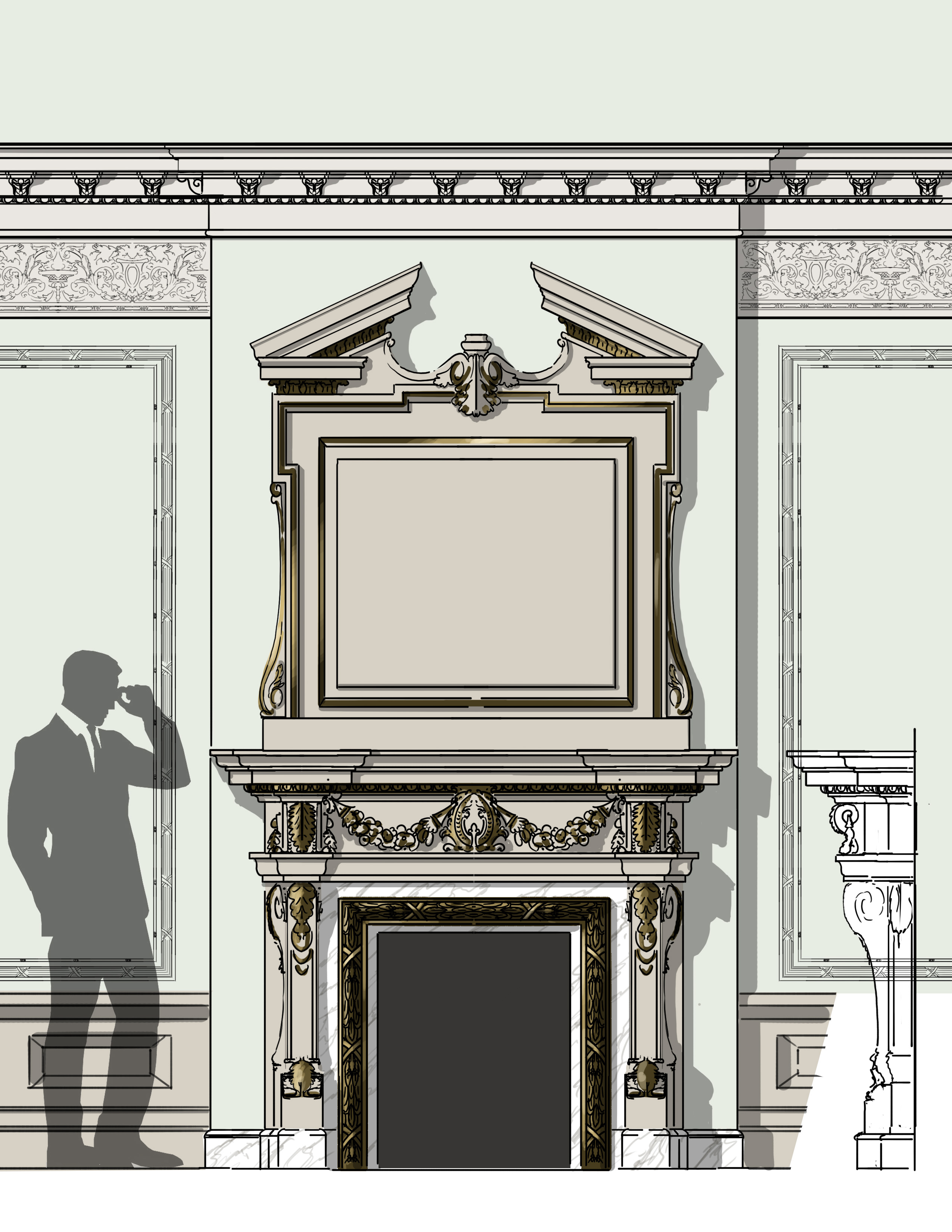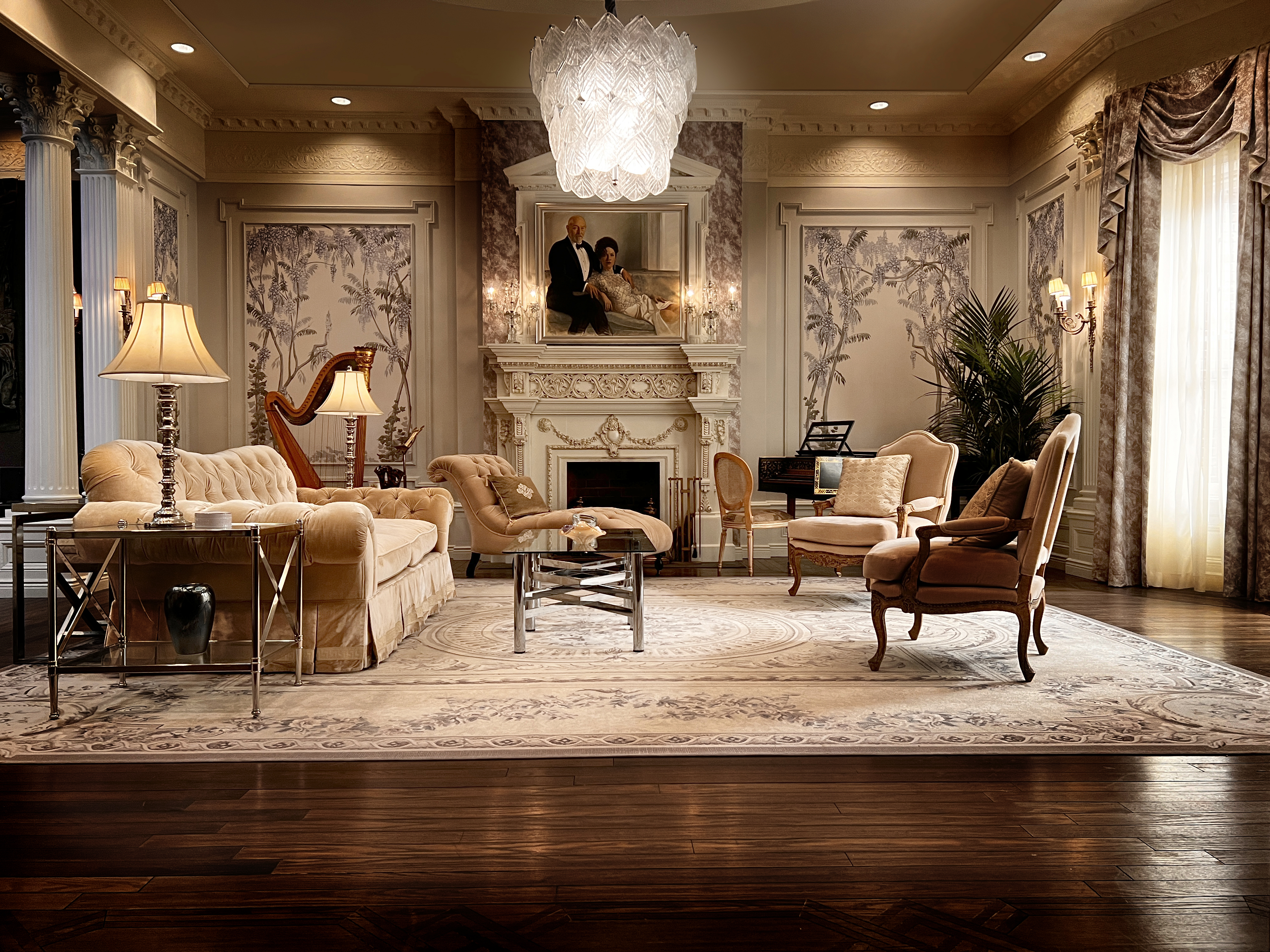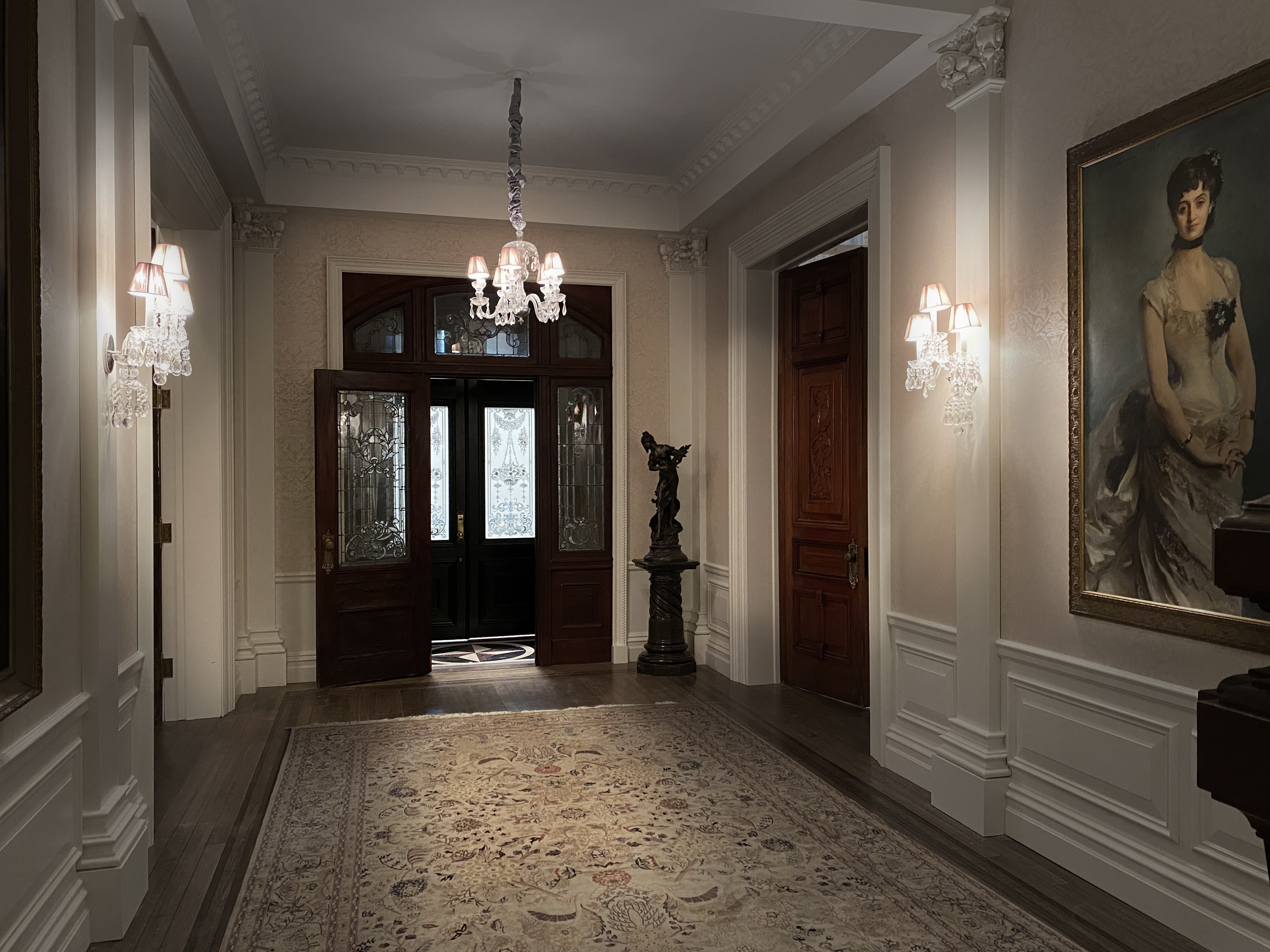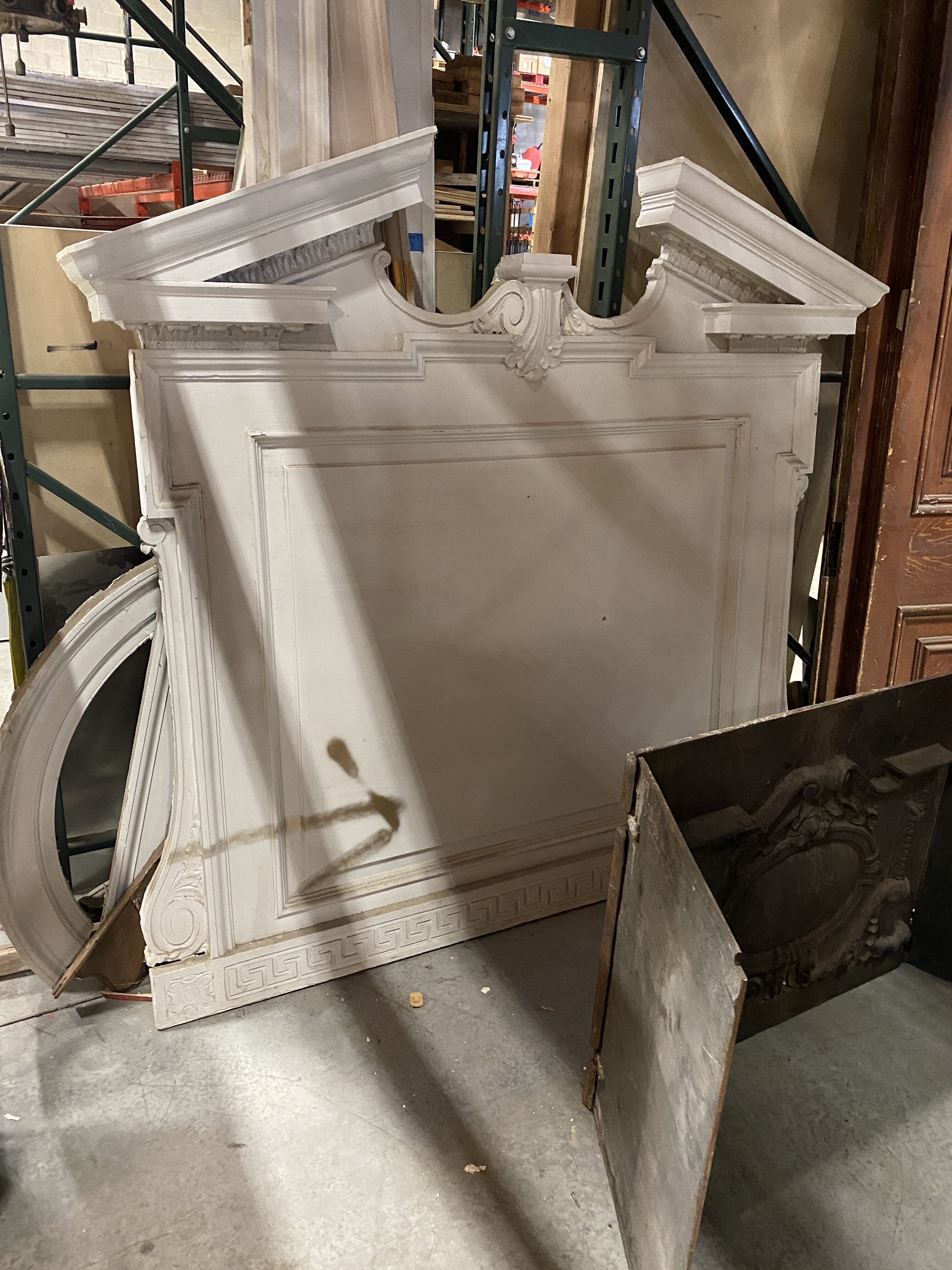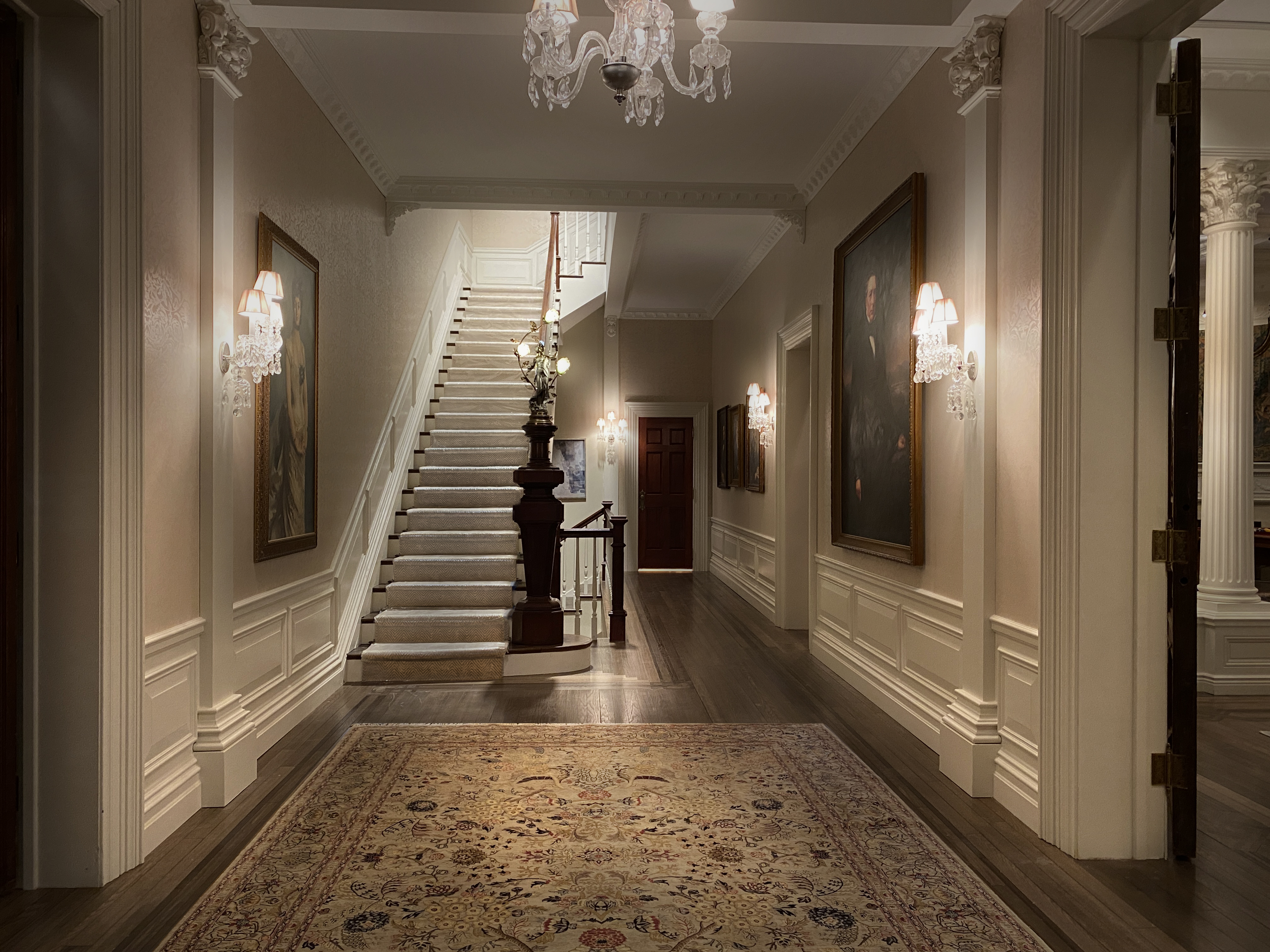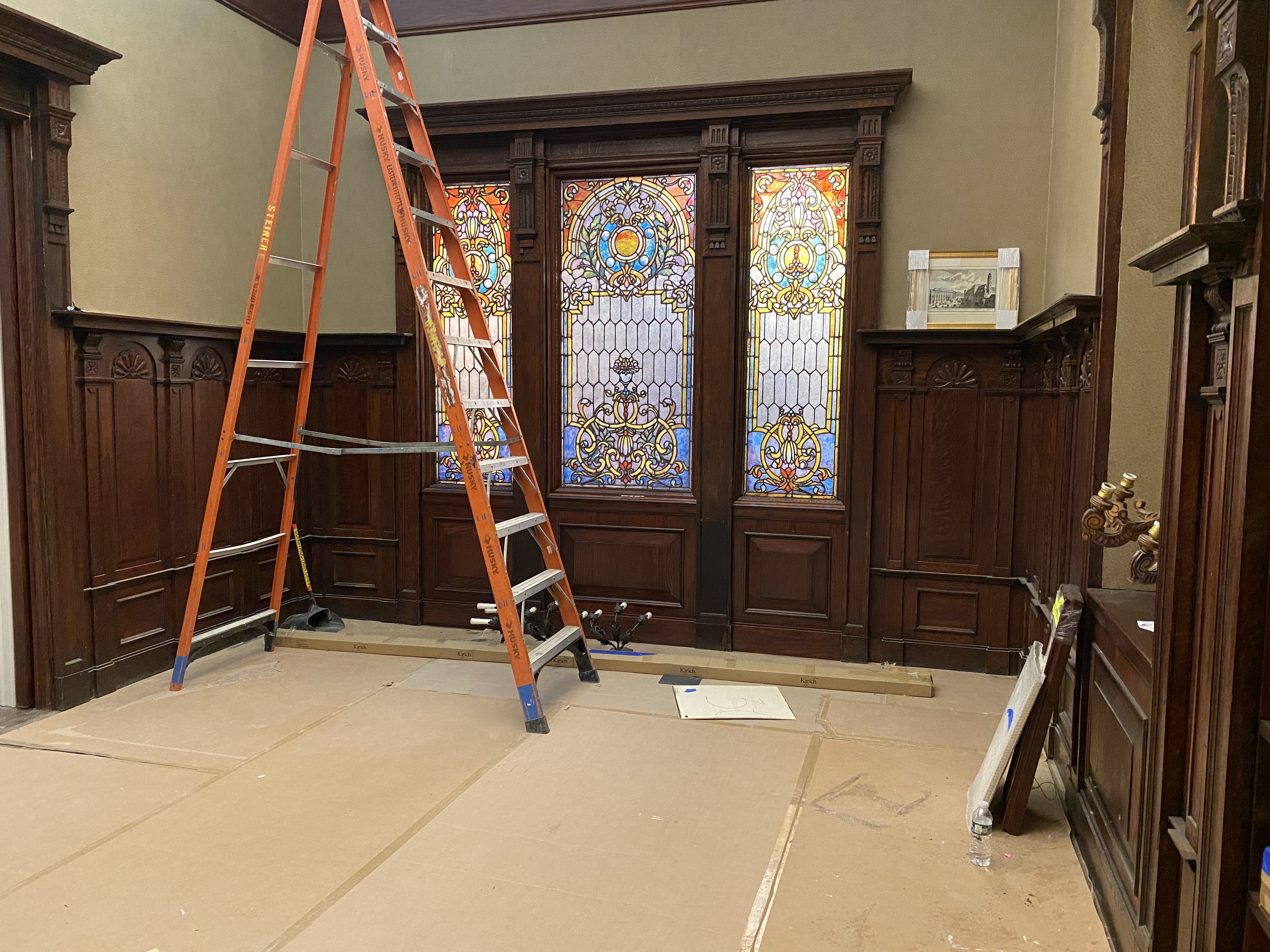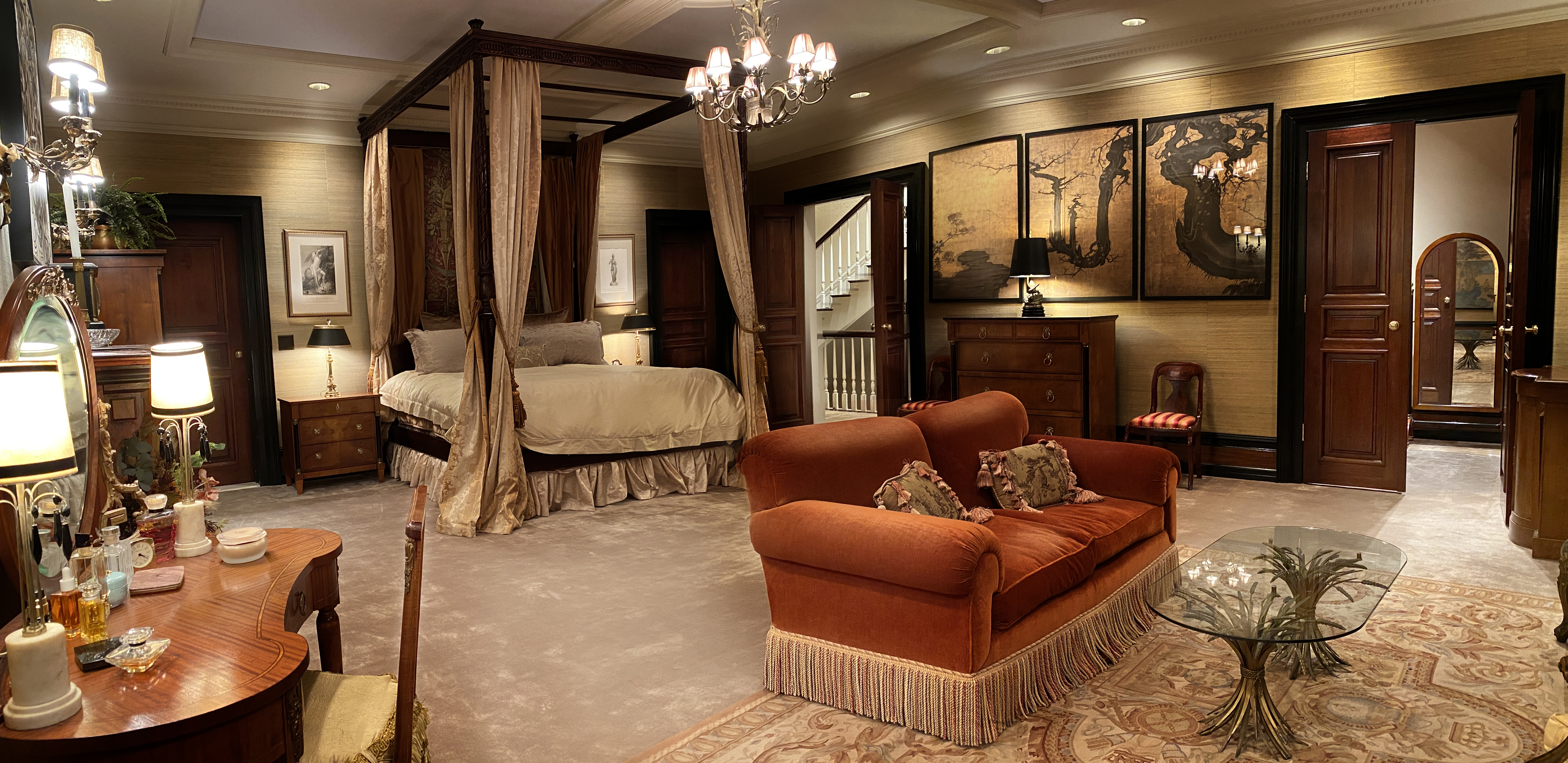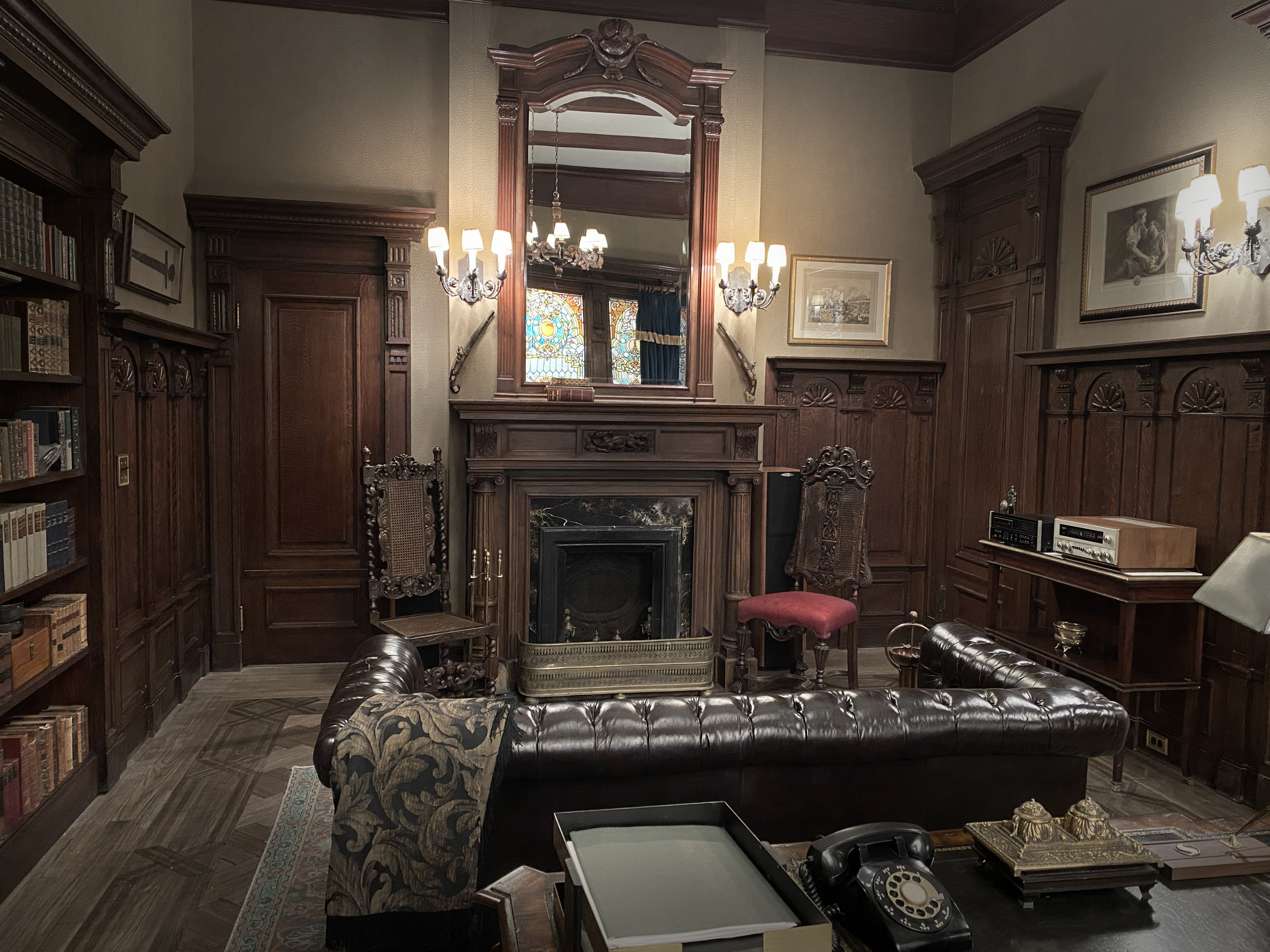
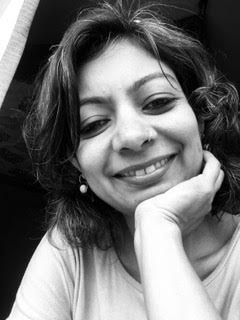
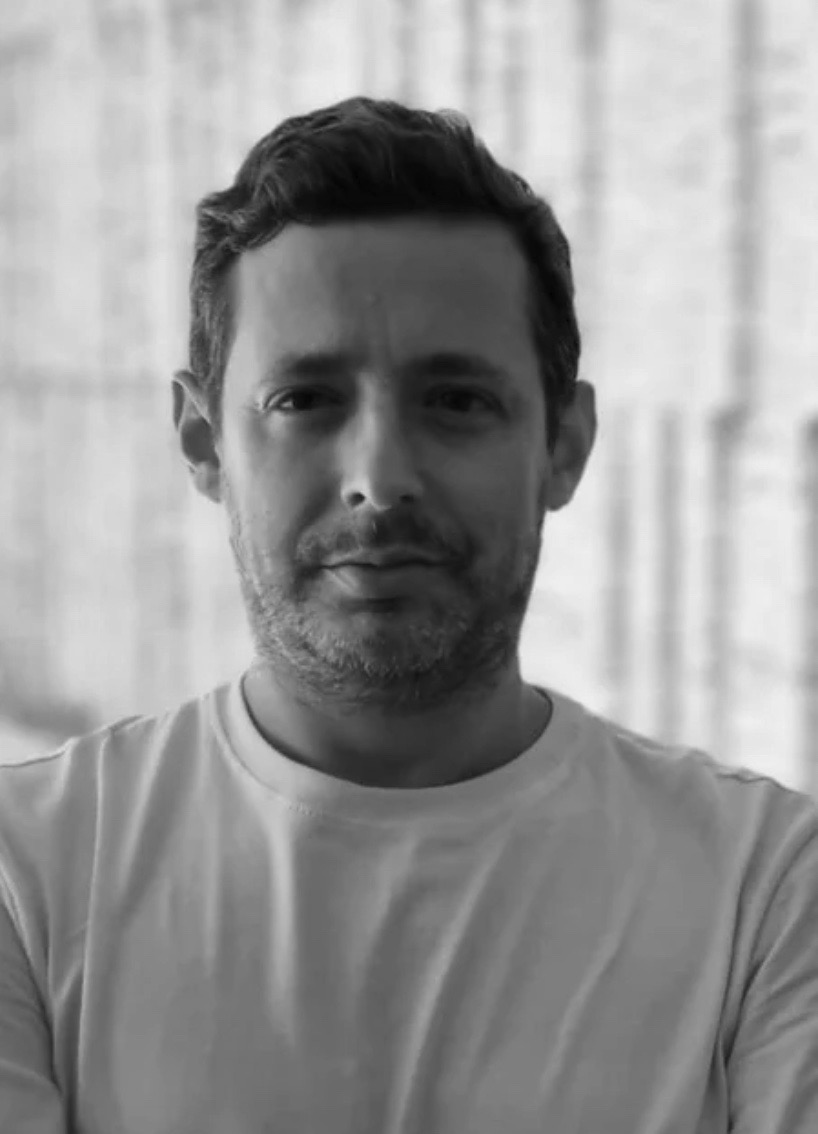

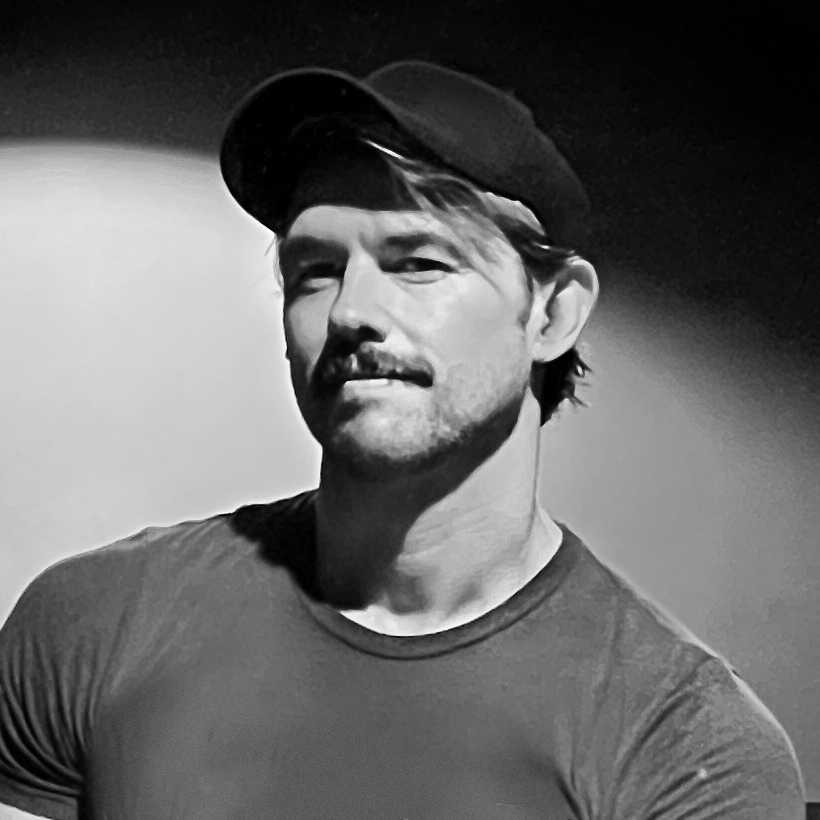
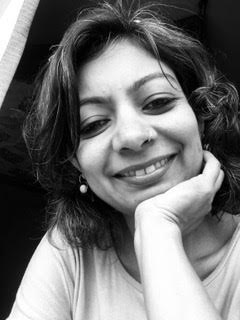
graduated from Delhi university and studied production design at the London Film School. She has designed many TV commercials, as well as the Indian films "Gold", "Hello Charlie", "Yeh Ballet", and the critically acclaimed episodic series "Dhadaad", the first Indian series selected for the Berlinale Series festival in 2023.
A production designer's biggest challenge is ensuring that the characters and plot are seamlessly interwoven with the set. It takes incredible time and effort to create a world where stories come to life. "Yeh Ballet", an inspiring film directed by Sooni Taraporevala for Netflix, takes us on a journey through the lives of two boys from an impoverished part of Mumbai who dared to chase their dreams in the exclusive world of ballet. And behind the scenes, building the ballet studio set became its own epic tale.
The first challenge - getting the perfect location. We scoured the city for an authentic dance studio spacious enough to accommodate our needs. However, our efforts seemed futile as we repeatedly hit dead ends. The real struggle? Finding a location in space-crunched Mumbai that not only had enough room to shoot but could also house an office, a waiting area, locker rooms and other studios. And the studio needed to have the right kind of dance floor – a sprung floor. This floor was crucial for the safety of our actors, who were also the dancers. After exhausting almost all options, I suggested repurposing an old and abandoned tobacco factory – a budding shooting location – despite its dilapidated state.
Upon commencing the set construction, it became evident that the building had severe structural issues stemming from its age and subsequent neglect. With uneven and cracked walls, and ceilings that felt like they could cave in, ensuring the safety of the cast and crew became paramount. Nevertheless, with the intervention of the production team, reinforcements were swiftly implemented to ensure the project's continuity.
Then came the sprung floor saga. Despite our research, getting it right proved to be a dance of its own. We went through four different versions before finally finding one that felt just right underfoot. Each attempt revealed new challenges, reminding us that filmmaking is as much about problem-solving as it is about storytelling.
But the challenges didn't stop there. We had to build not just a studio but an entire dance academy – offices, reception areas, locker rooms, and corridors – all on a shoestring budget. And just when we thought we had
conquered it all, sound became our new nemesis. The cavernous space echoed with every step, threatening to drown out the delicate melodies of ballet. Cue the brainstorming sessions with the sound designer and the innovative solution: a ceiling draped with cotton mattresses, muffling the echoes and successfully transforming the acoustics of the space.
In the end, despite the hurdles and the sleepless nights, we created a world that felt real – so real that it starkly contrasted the rundown factory’s original interiors. The dancers-turned-actors marveled at the authenticity of the sprung floor, a testament to our dedication to getting every detail just right. We gifted the floor to Shiamak Davar's dance academy, ensuring that our labour of love would continue to inspire long after the cameras stopped rolling.
Looking back, building the ballet studio set for "Yeh Ballet" wasn't just about constructing walls and floors. It was about a magical world where dreams of two young boys from Mumbai took flight.
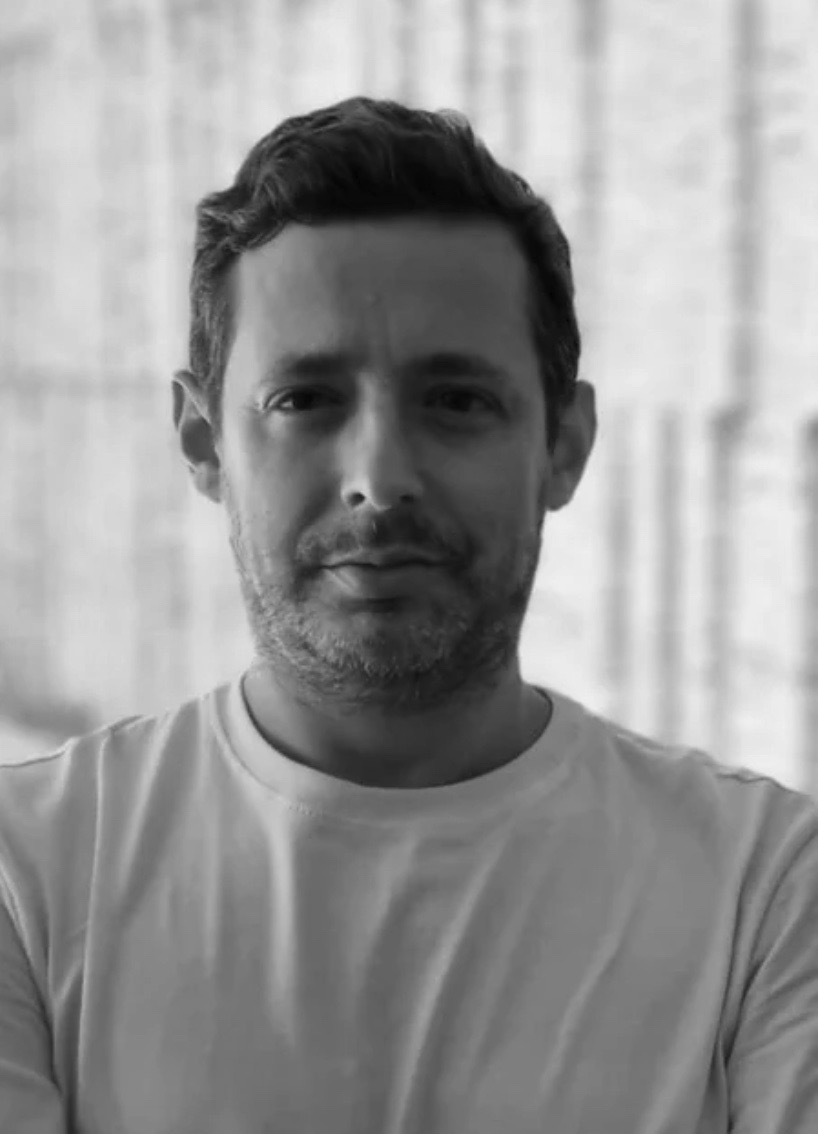
William Valduga is based in São Paulo and works with Cinema, TV and Advertising. Graduated in Film Studies and Architecture, his production design credits include films “Rasga Coração”, “Aos Olhos de Ernesto”, and “7 Prisioneiros” which was in competition at the 2021 Venice Film Festival, and TV shows “Todo Dia a Mesma Noite”, and “De Volta aos 15”.
Every project presents lots of challenges in a production designer’s life and for me the most challenging one was the main set of '7 Prisoners'.
The movie tells the story of Mateus, an 18 years old boy who moves from Brazil’s countryside to São Paulo trying to provide a better life for his family. He accepts a job in a junkyard in São Paulo and his new boss, Luca, becomes trapped in the dangerous world of human trafficking. We started pre-production looking for a real junkyard location, but then realized that it would be impossible to shoot long sequences in such a place, since it would be difficult and dangerous to film the entire project on location. We had to change our strategy and decided that building our own junkyard from the ground up would be the best solution.
I believe that a designer's work is about connecting the reality demanded by the narrative to some cinematography, along with planning the geography of the scenes and the relationship between the scenery and characters. We must build worlds that match the characters and help them to gain power with the audience in the narrative. In the script, the junkyard had some “known” places like Luca's office and bedroom, restrooms, mess hall and bedroom, and we needed to create the other junkyard work stations. Since 70% of the story took place in that set, we had to represent that imprisoning place with some refreshing images to the audience. Preserving the audience's attention is a balance between the power of real spaces with images that are interesting to look at.
During pre-production many times I asked myself: how is it possible to make a real junkyard that is also easy to shoot? What kind of pieces and shapes will I need to fit it together? How much real metal do we need? These are hard things to measure. Before starting the project I spent two days at a real junkyard, just observing how it really operated, and how the employees worked day by day. After that visit I started drawing some sketches to translate the real junkyard into the cinematographic one. I felt that building a junkyard was like the concept of a sculpture. It’s a different way to think about volume, form and material.
In the story, among the few things that Mateus brings from his childhood home are magazines about airplanes that he likes. A simple way I found to introduce that dream and ambition that Mateus had was to include in the junkyard scenery some real pieces of aircrafts. It was like putting that character in a puzzle of many aircrafts pieces — Mateus is lost in that junkyard, in the middle of aircraft pieces, trying to earn his freedom back, build his life and survive.

Judy Rhee is a New York-based Production Designer with 25+ years in the industry and extensive credits in prominent fllms and TV-series. She designed the pilot for Showtime’s 'Let the Right One in', HBOMax's 'Love Life' S1, Netflix/Marvel’s 'Jessica Jones' S2, Amazon’s 'Patriot' Pilot + S1, 'Alpha House' and 'El Camino'. Her design work on 'Better Call Saul' S4 earned a nomination for an ADG award in 2019. Most recently, her collaboration with Rian Johnson’s breakout hit series 'Poker Face' earned her an Emmy nomination and an ADG Award in 2023.
When Rian Johnson and I first spoke in January 2022 about bringing the scripts of 'Poker Face' to life, I was excited about the homage to the ‘70s & ‘80s TV classics like 'Columbo', 'Rockford Files' and 'Murder She Wrote', but equally concerned with the daunting task of creating 10 distinctly different worlds every 10 days.
My most recent challenging set was the Tree Hollow from Episode 9 of 'Poker Face'. On paper it didn’t appear to be too complicated, but the episodic structure of the series presented major challenges in design, execution and logistics with the additional volume of sets to be completed in the same timeline.
Episode 9 - 'Escape from Shit Mountain' - featured one of our earliest set builds in the schedule at Umbra stages in Newburgh, NY. The Tree Hollow presented the biggest puzzle to solve early on since it was scripted as being in the Colorado Rockies during a blizzard. We were rapidly approaching spring on the east coast with no snow on the ground. The design had to service very specific story points of the script: a body being dumped, a body climbing out, the discovery of a resident corpse from several years back, located hidden in the woods during a snow storm, all to be revealed and unearthed in a rhythmic telling of the story.
After weeks of scouring upstate NY to find an appropriate landscape resembling Colorado, we stumbled on a small section in Ulster County (2.5 hrs. from NYC) that had conifers and a more dramatic terrain that could pass as the Rockies. Unfortunately, due to actor availability it was determined best to replicate the terrain of our location on an elevated platform on stage. Matching what we originally thought will be filmed on location to now be constructed on stage with limited space and time was an intimidating task.
The Tree Hollow also had to be built as two separate sets to service actor availability. There was also the increased challenge of linking the Tree Hollow to an exterior motel at a location that needed to work with the edits of the scenes. This particular requirement was met with an old fashioned approach of building a duplicate miniature motel sign on stage to suggest it’s distance to the Tree Hollow. After much deliberation with many different departments, we arrived on the overall size and scale of the forest needed for the story in our limited prep time. At this point, we had 4 remaining weeks until this was to be filmed. The show not having any standing sets or recurring locations meant we were prepping several episodes simultaneously which added to the difficulty of this intricate construction.
Thankfully, we had a fantastic set design team lead by Chris Rhoton who quickly generated the necessary drawings to pass the baton to our construction and scenics who sprinted to the finish line. The carving and painting of the trees was done at break-neck speed with incredible detail and finesse by Colin Brantley and his team. Mike Thompson and expertise Greens department helped layer in the detailed textures of the interior hollow as well as adding complimentary trees and plants to the forest set. The layers of snow done by Stephen Powers and his SPFX group convincingly completed our wilderness, and the final integration of VFX completed the eerie winter woodland.
I’m a believer that you’re only as good as your crew and there's no way we could have accomplished what we did in the time we had without the amazing collection of artists, technicians, craftspeople, departmental experts and skilled specialists.
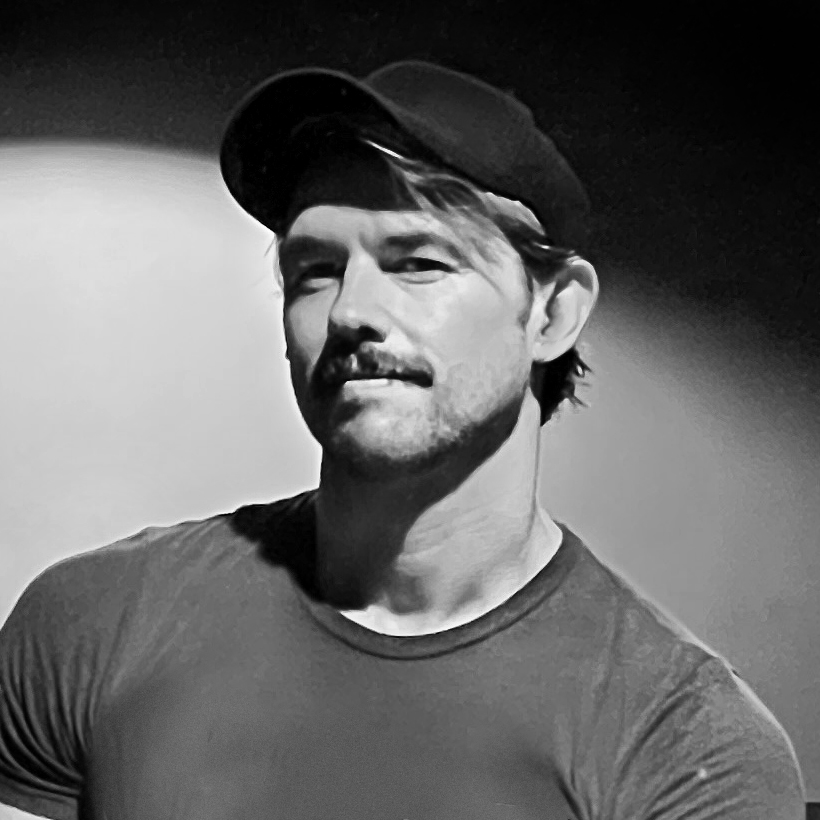
Jan Jericho is a NYC based production designer, originally from Germany. With a masters in scenic and costume design, he’s worked in the film and TV industry for over twenty years. He worked as graphic artist on a number of productions including 'Valkyrie', '‘Inglourious Basterds’ and 'The Grand Budapest Hotel’', as well as concept illustrator on 'Boardwalk Empire' and 'The Knick'. He served as the art director for three seasons of 'The Marvelous Mrs. Maisel' (for which he won two ADG awards) as well as 'Master of None' and 'Daredevil'. His work as production designer can be seen on seasons 2 and 3 of the Showtime series 'City on a Hill'.
On the second season of 'City on a Hill,' set in Boston during the early 1990s, the script called for a four-story mansion located in the upscale neighborhood of Beacon Hill, to be built on a sound stage in Brooklyn. This gigantic set didn’t just seem challenging because of the time and money constraints which we usually face on every production. I also felt that the 14 scripted rooms needed to be filled with more than just high quality period lamps, textiles and furniture in order to feel like the interior of a real mansion, I wanted the architectural elements of the interior to feel authentic and go beyond the level of scenic work typically achievable on a TV budget, regardless of how high the budget may be.
During the years when I had worked as an art director I often experienced the challenges achieving this level of authenticity due to the logistical process of how sets were usually built. The process was always: design the set from scratch, draw, budget, approve, and build. Only after all of these steps had been accomplished and construction was underway the search started for appropriate architectural salvage pieces to go into these sets. Elements like fireplace mantles or doors had to be the correct size and appropriate style for those already pre-designed sets. This process always turned out to be either extremely time consuming, prohibitively expensive, or lead to disappointing results.
When I stepped into the shoes of a production designer and became fully responsible for a multi story mansion set, I decided to try a different approach. I didn’t want the dimensions of pre-designed rooms and doorways to limit which architectural elements we could use. I wanted to turn this process around and have the best available architectural and salvage elements drive the design. So I went shopping with my decorator at the outset to find pieces that would ordinarily be sourced later in production, hunting not only for appropriate furniture, lamps, and textiles, but also for outstanding architectural artifacts.
It was so satisfying! I found remarkable wooden doors, some of them with artistically carved bas reliefs and some with mahogany veneer finishes, all of which exceeded the craftsmanship achievable in any scenic shop. I bought and rented columns of wood and plaster, intricately built fireplace mantels, giant overmantel mirrors, entablatures for door casings, and even an entire room’s worth of wall paneling, including door and window casings salvaged from a demolished mansion. We visited almost every architectural salvage place between Boston and Philadelphia.
With all of these elements in mind, the mansion was designed and drawn, and the massive construction began. While there was still an abundance of details that had to be designed, drawn, built, painted, installed and finished, the elements that we initially sourced dominated the look of each room.
In the end, the finished sets felt far more authentic than sets where everything was designed and built from scratch. The proportions of doors and fireplaces were harmonious with the sizes of the rooms, and the high-end finishes and carvings reflected the light in a different way. Getting everything done was an incredible amount of work for the art, scenic, construction, set dressing, and electric departments, but once we were done, I couldn’t be happier with how it looked.
I felt like my most challenging set had become my greatest success.
